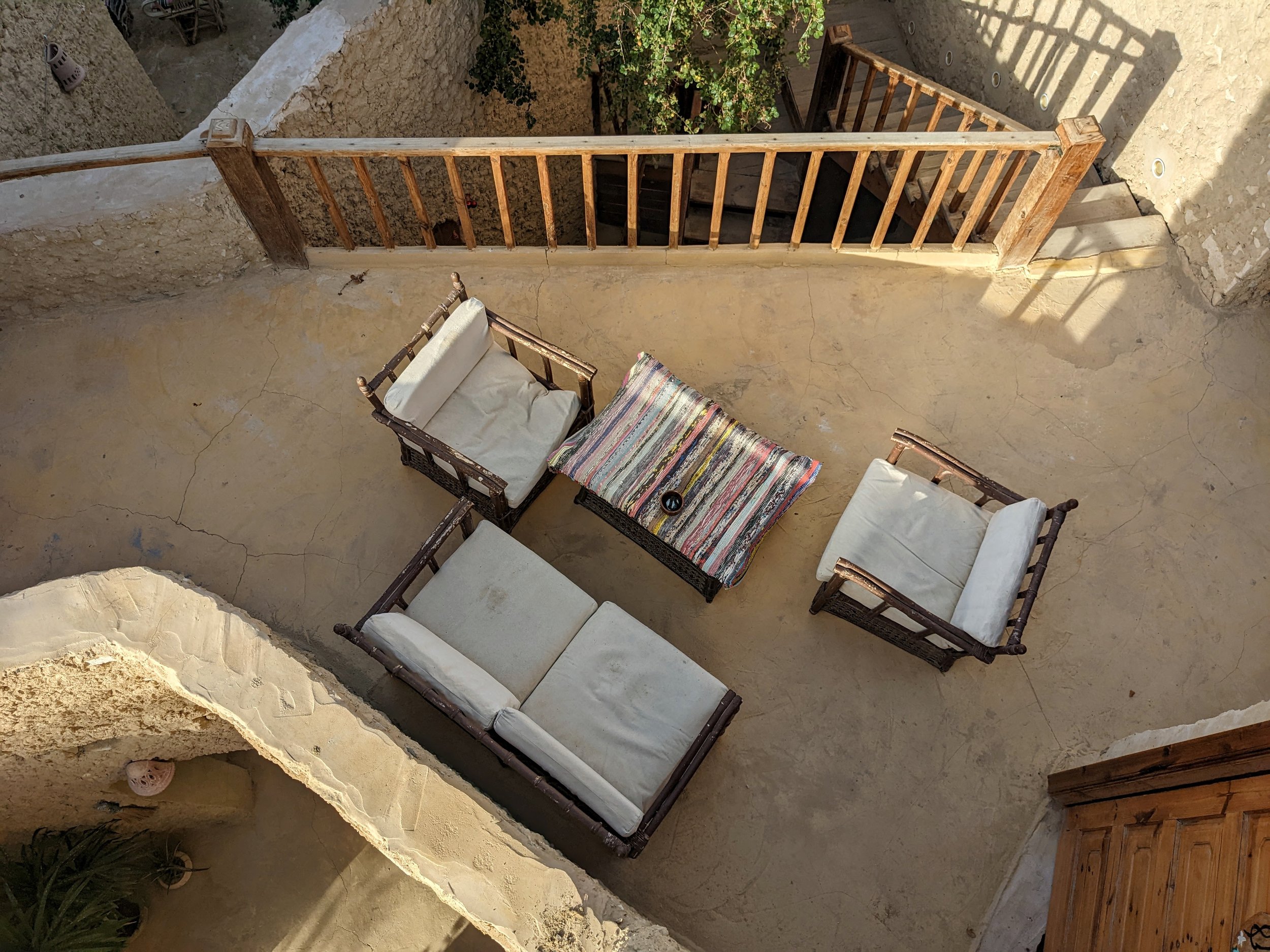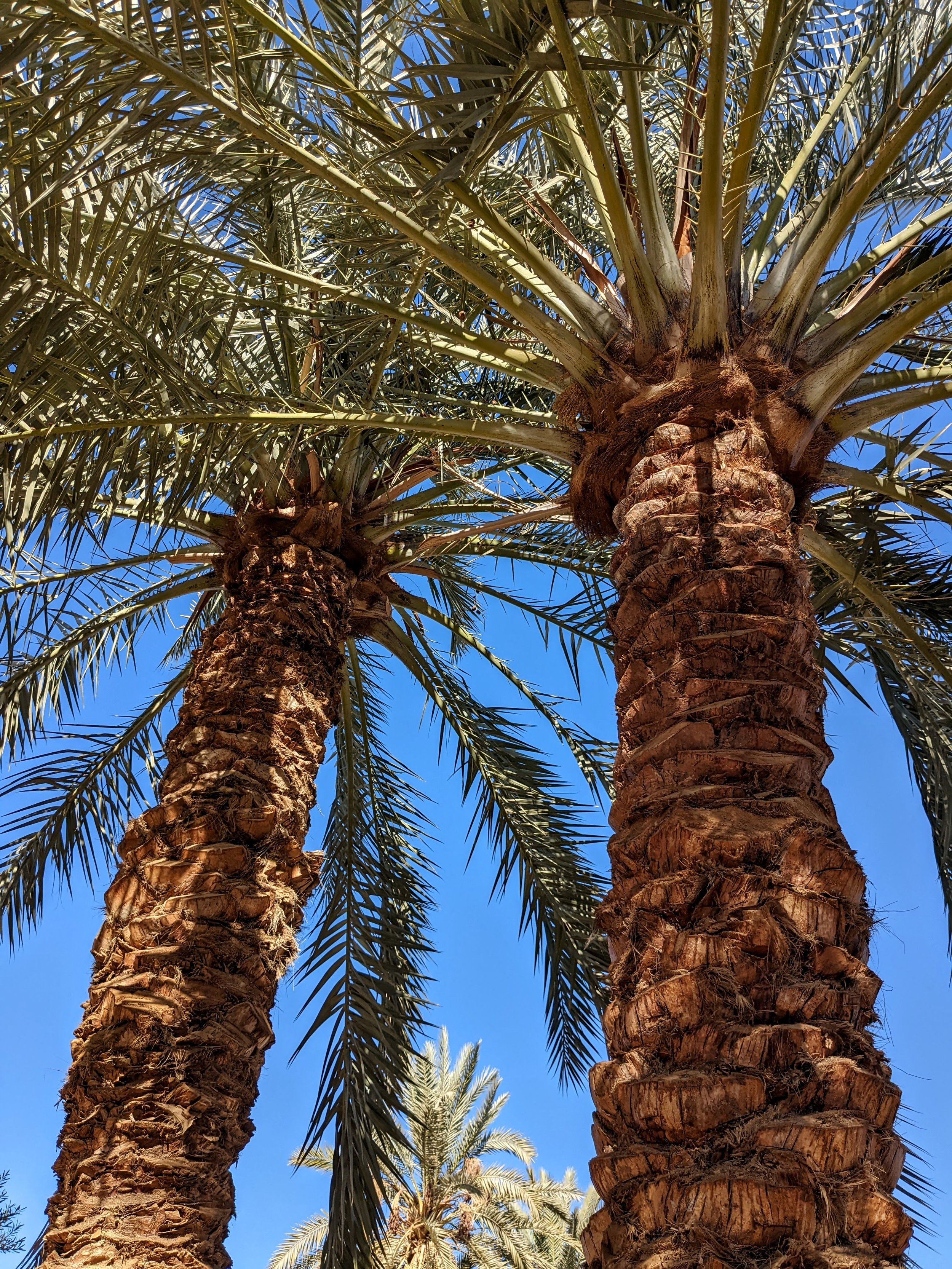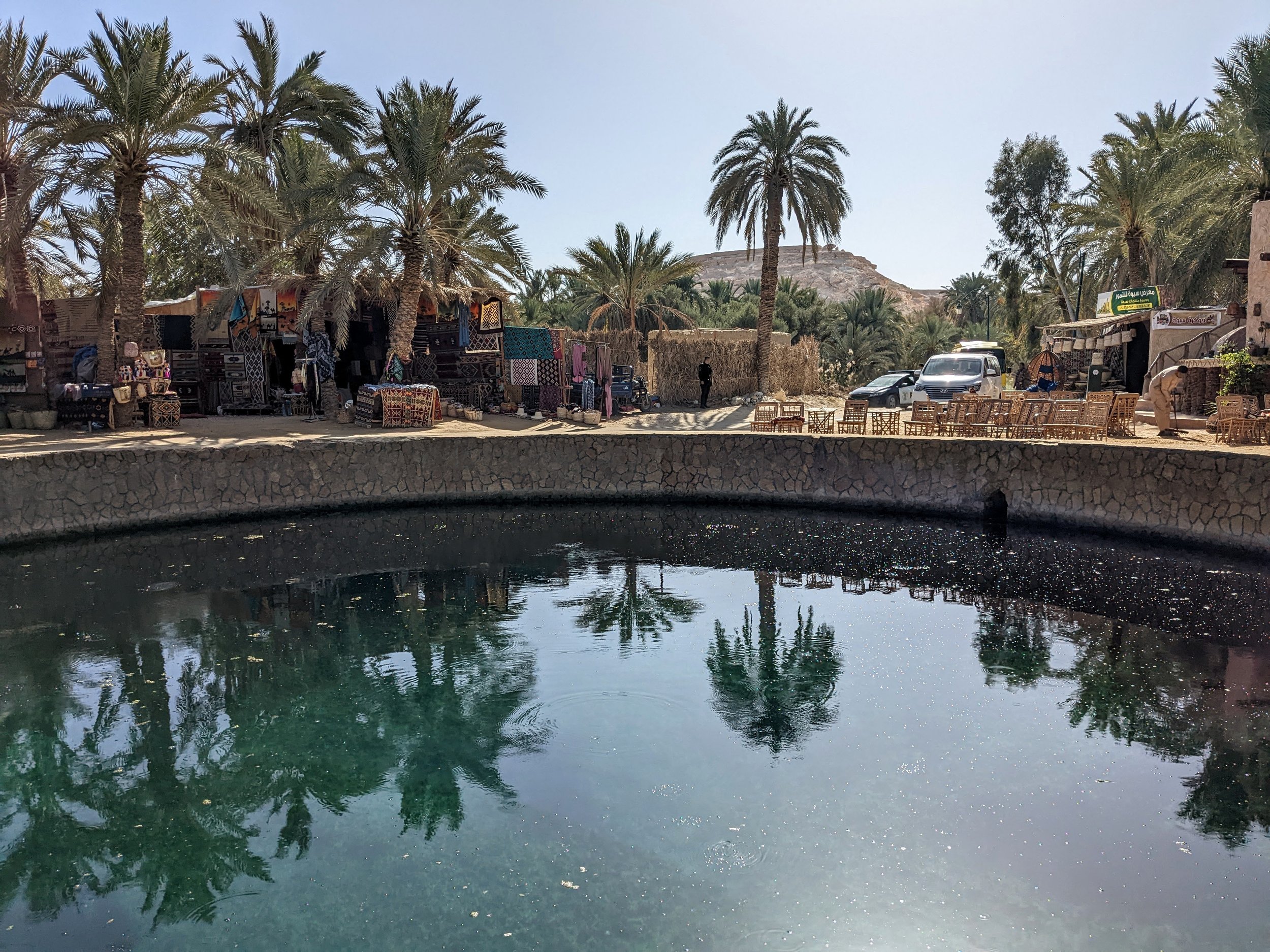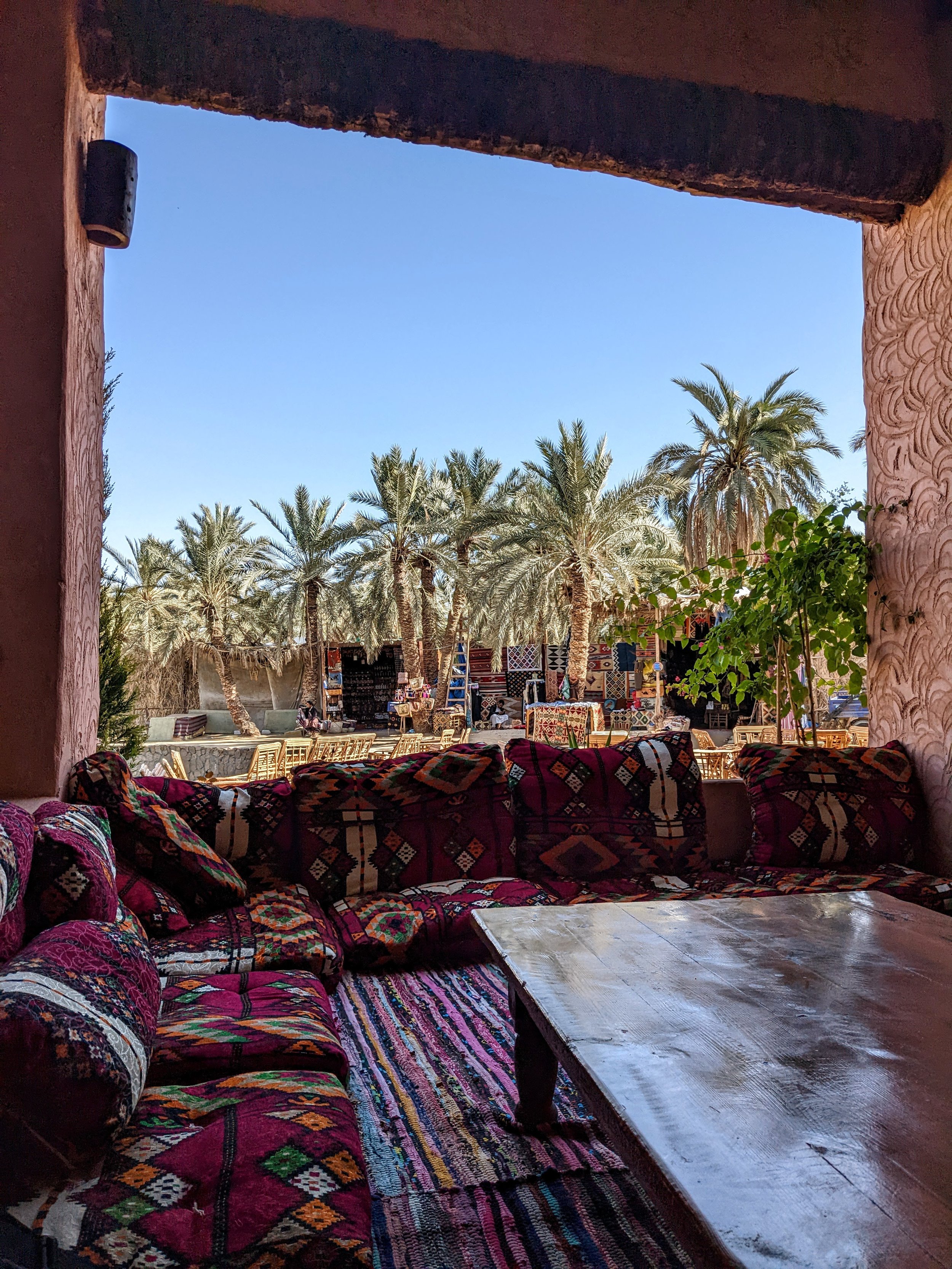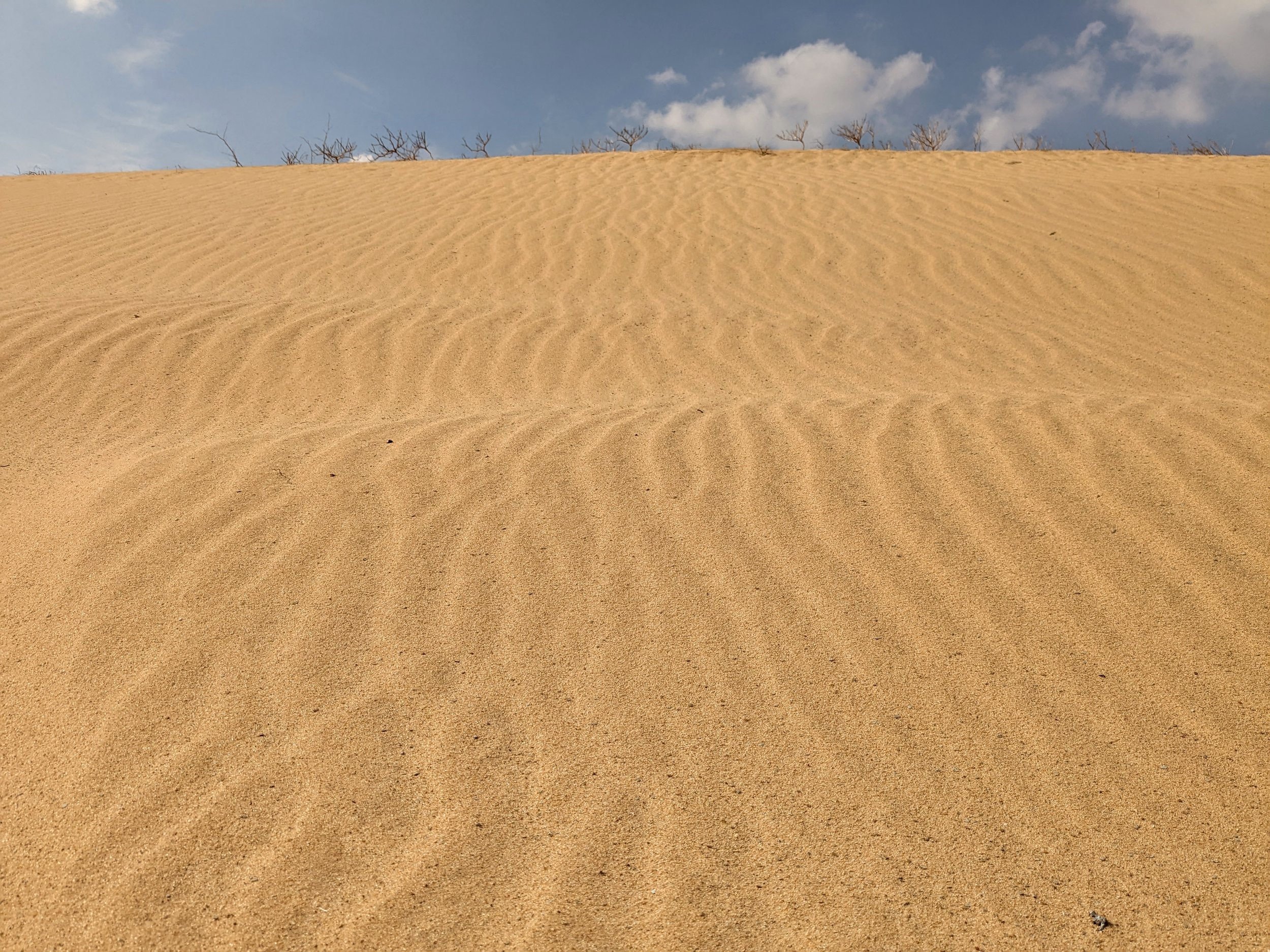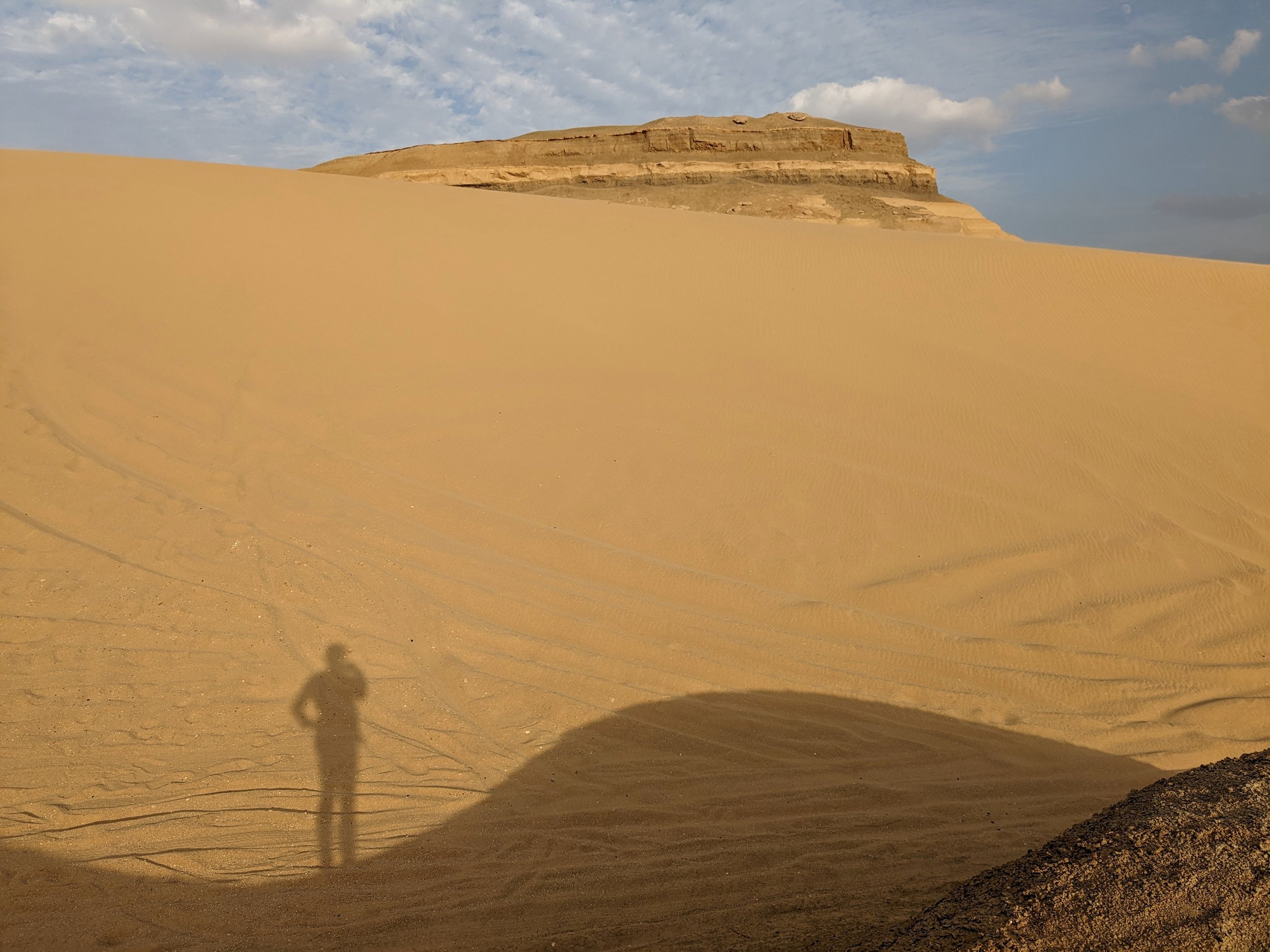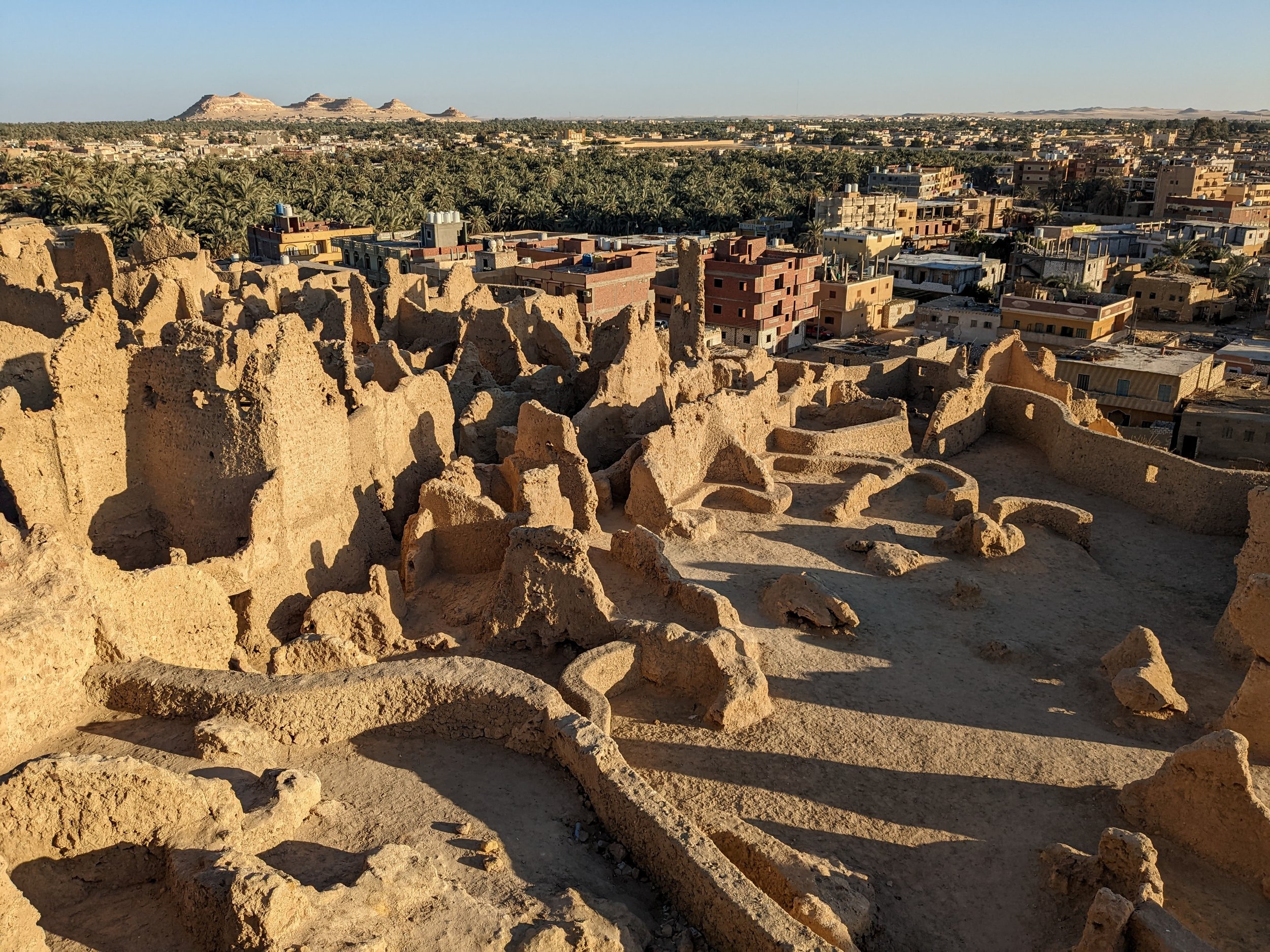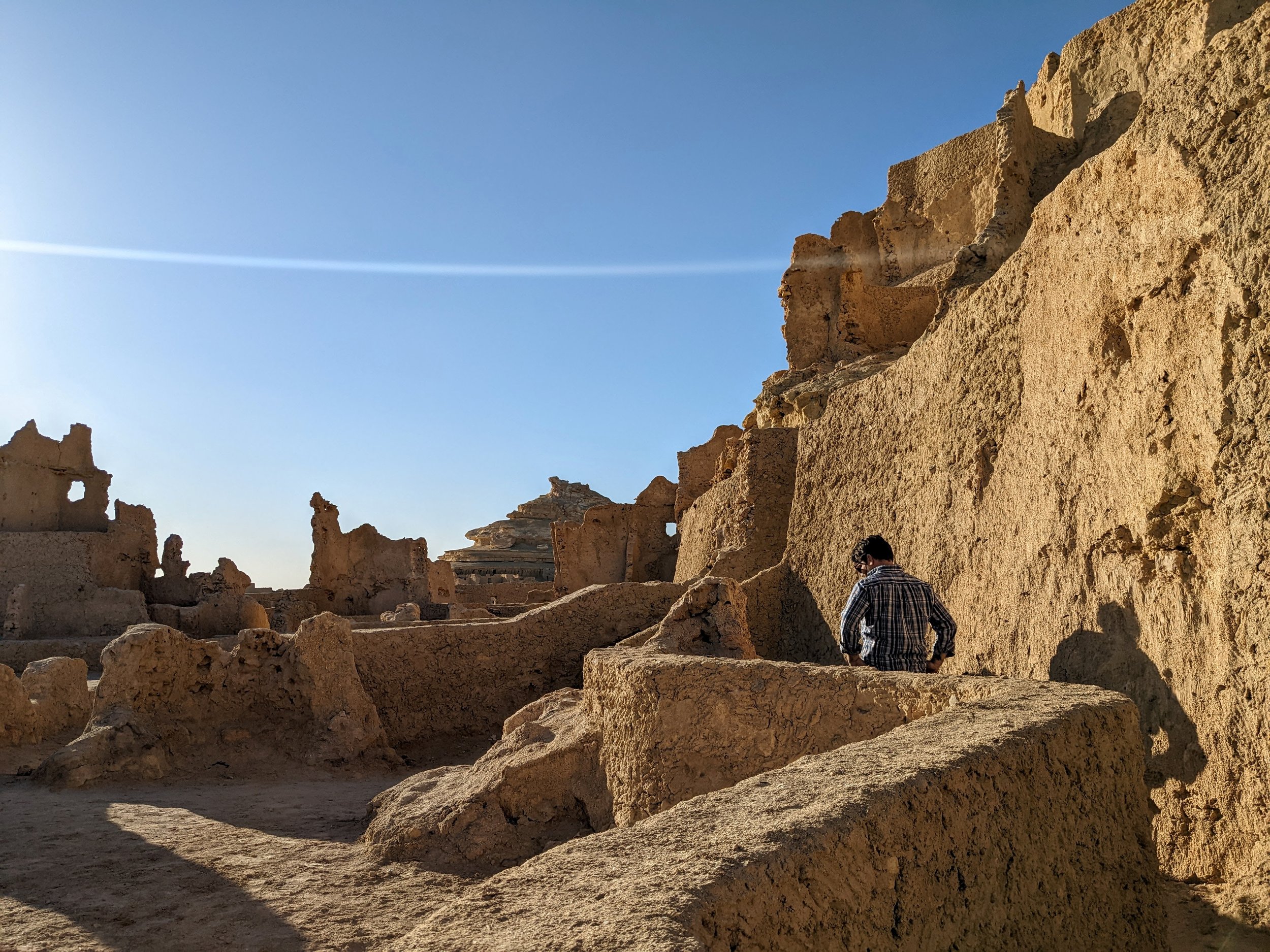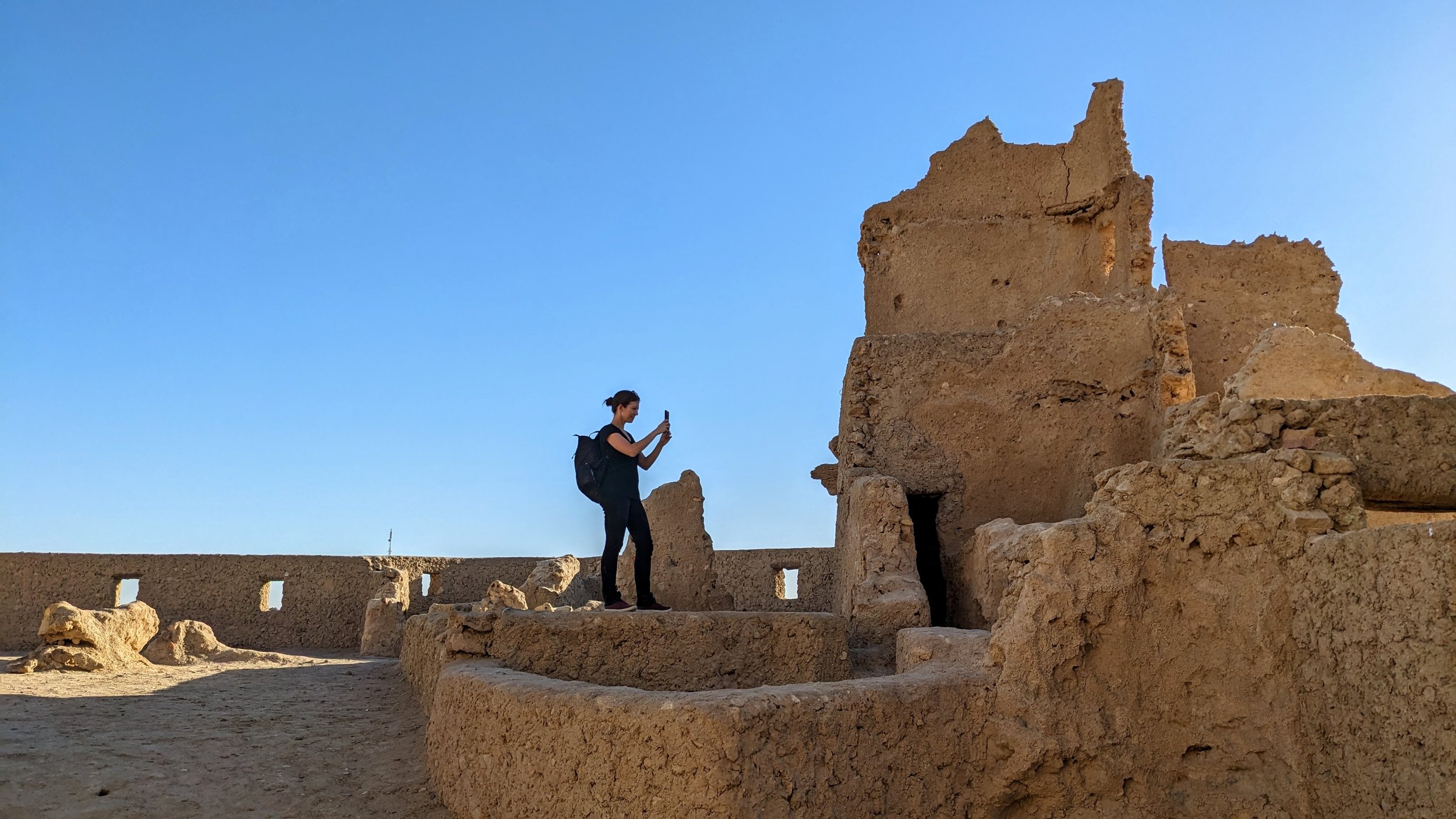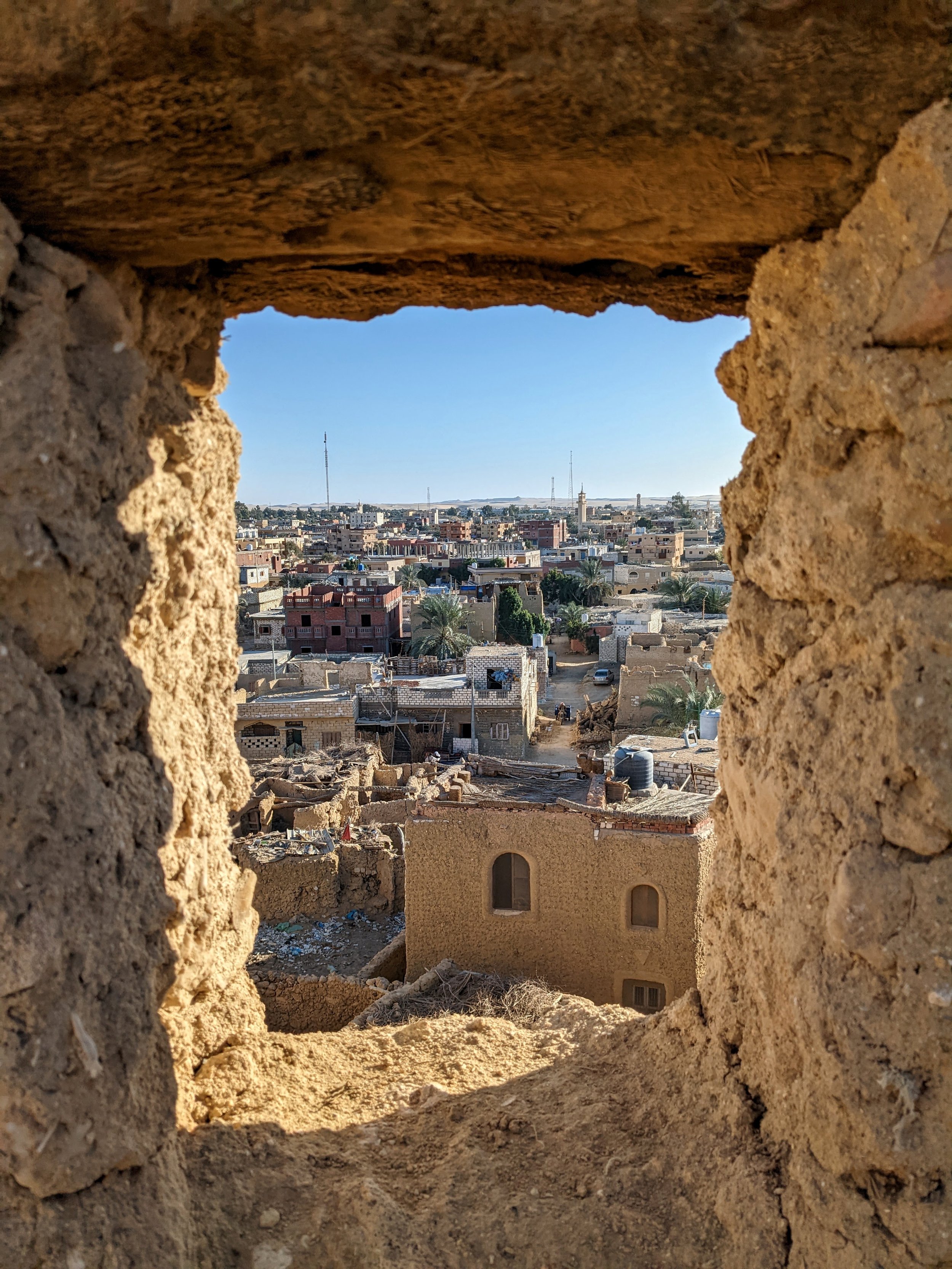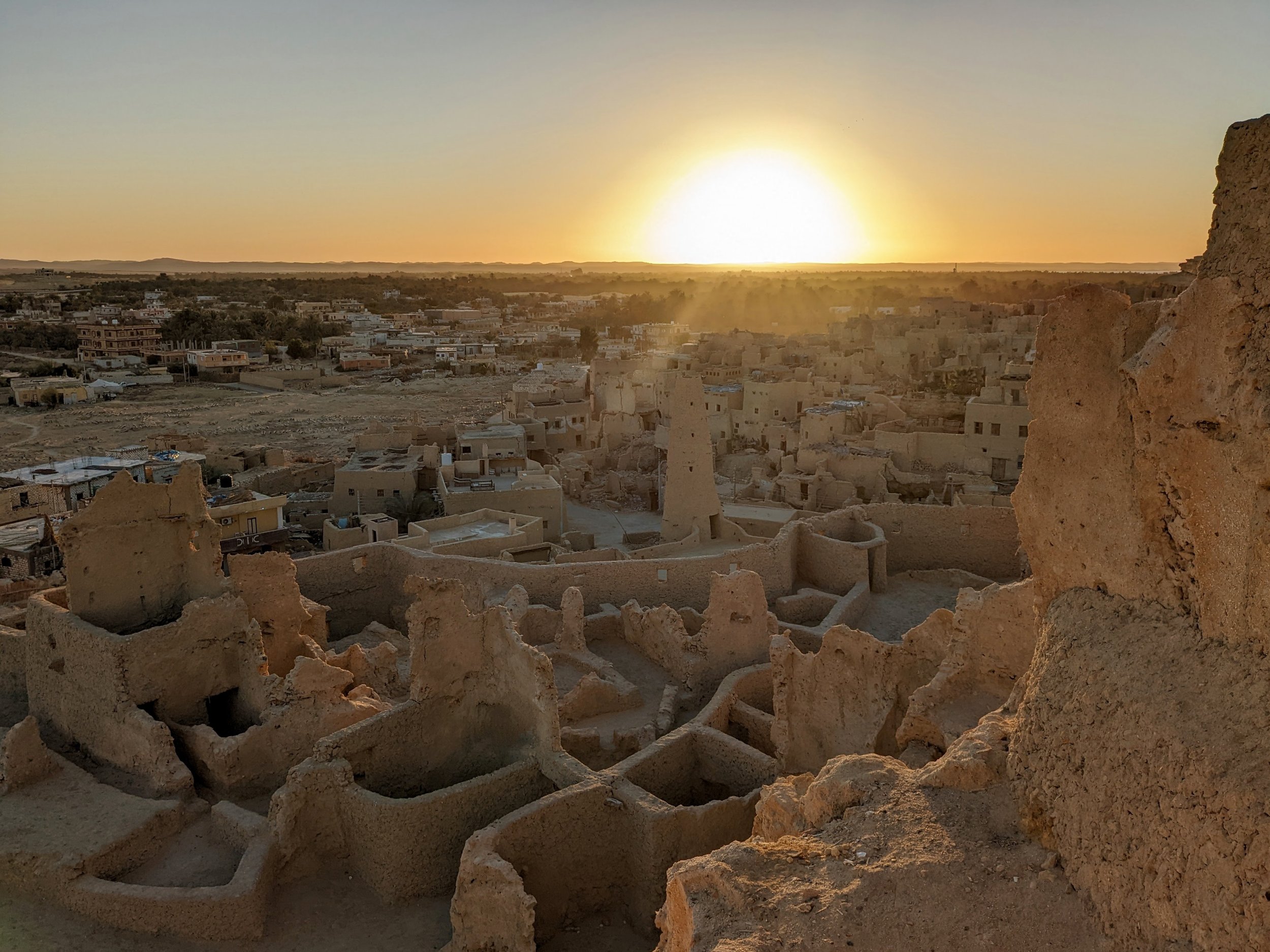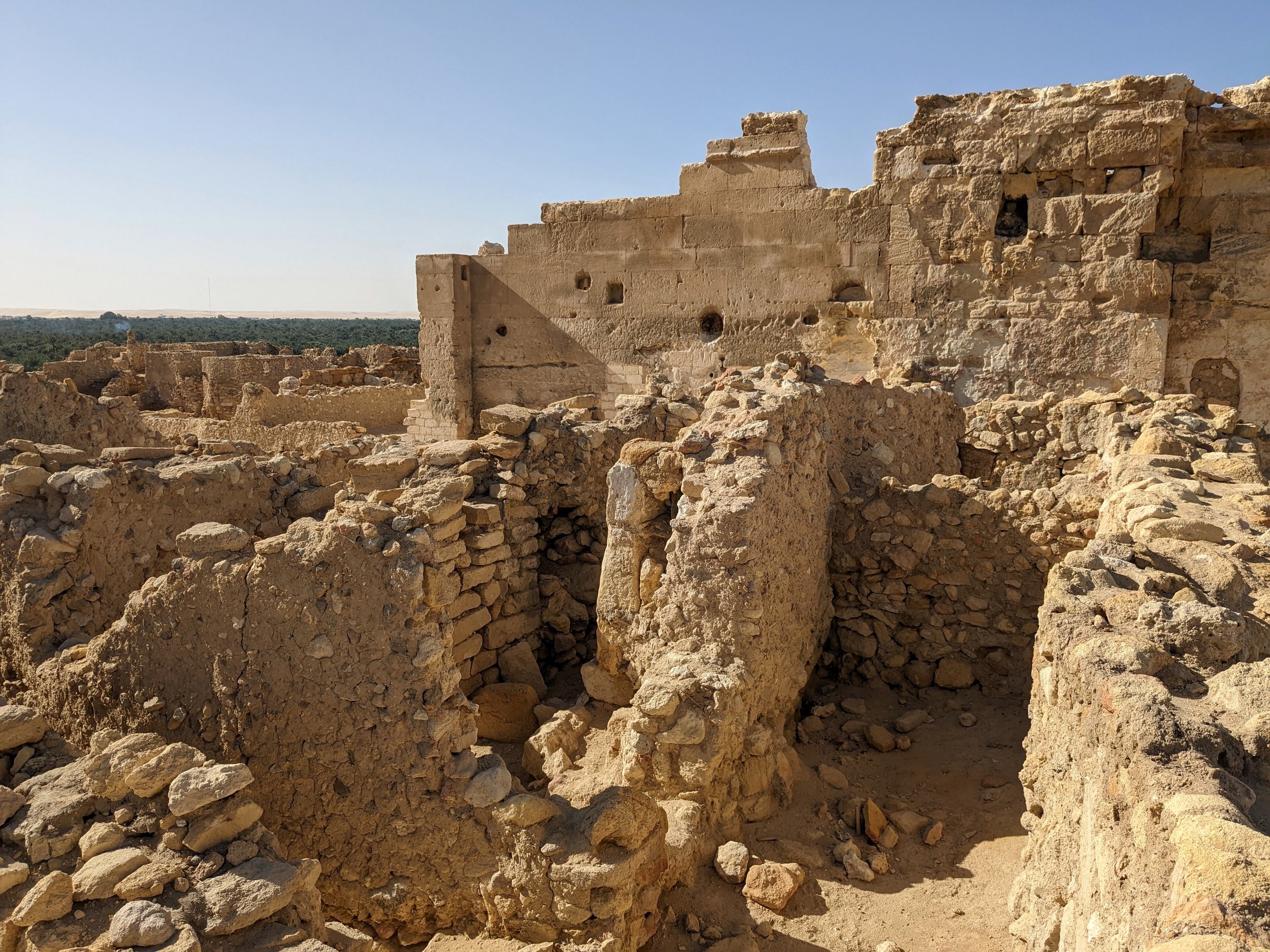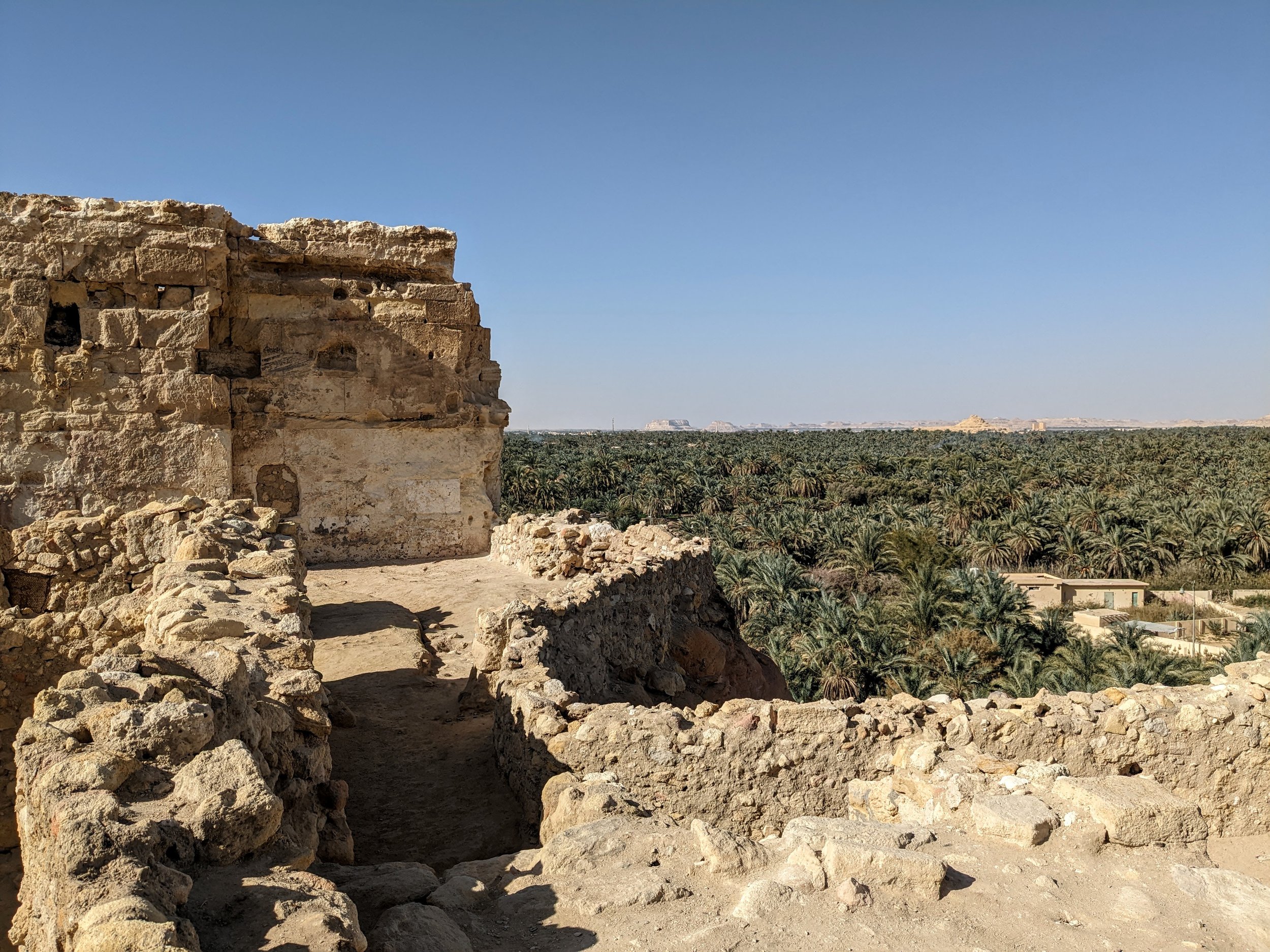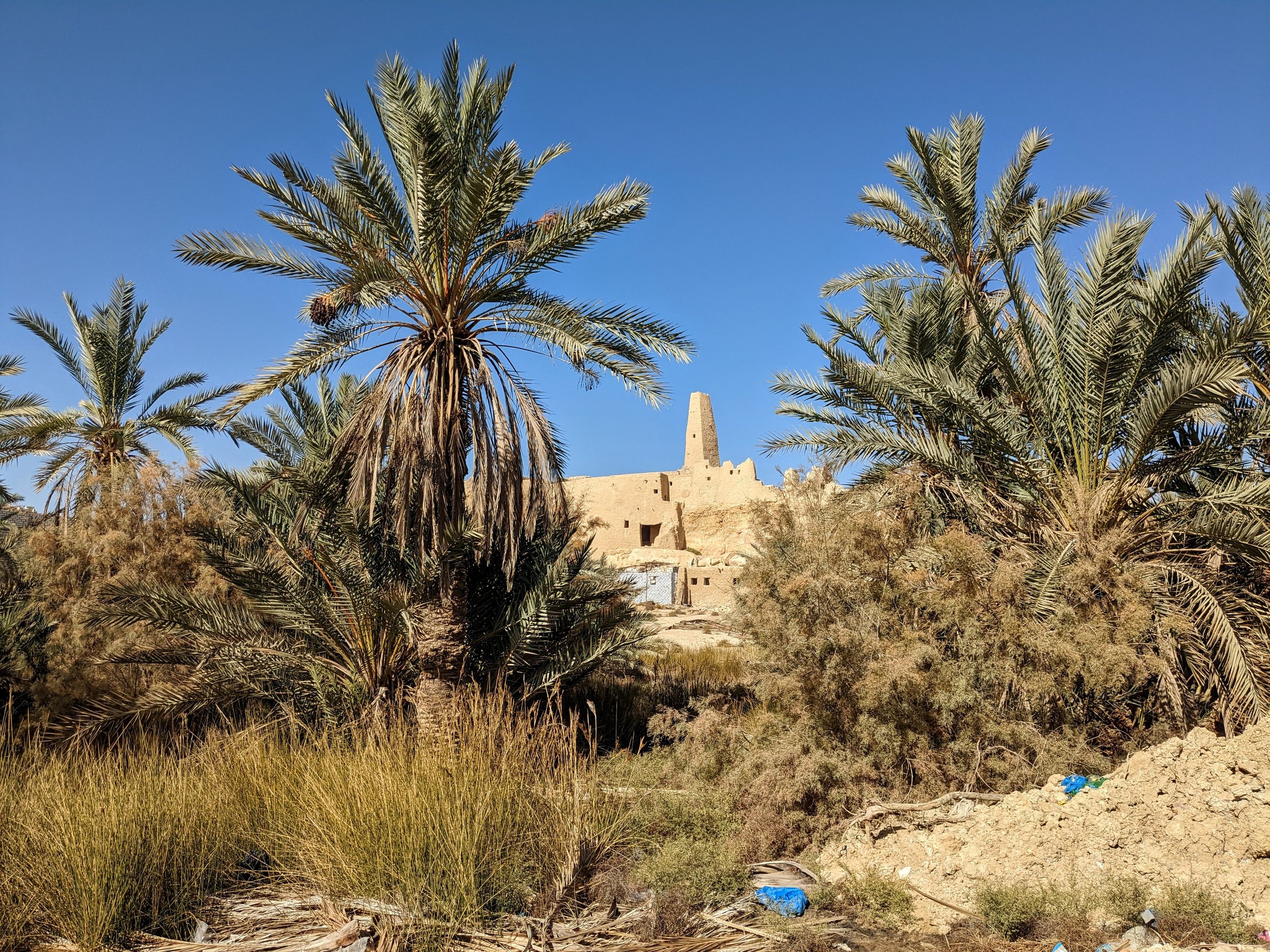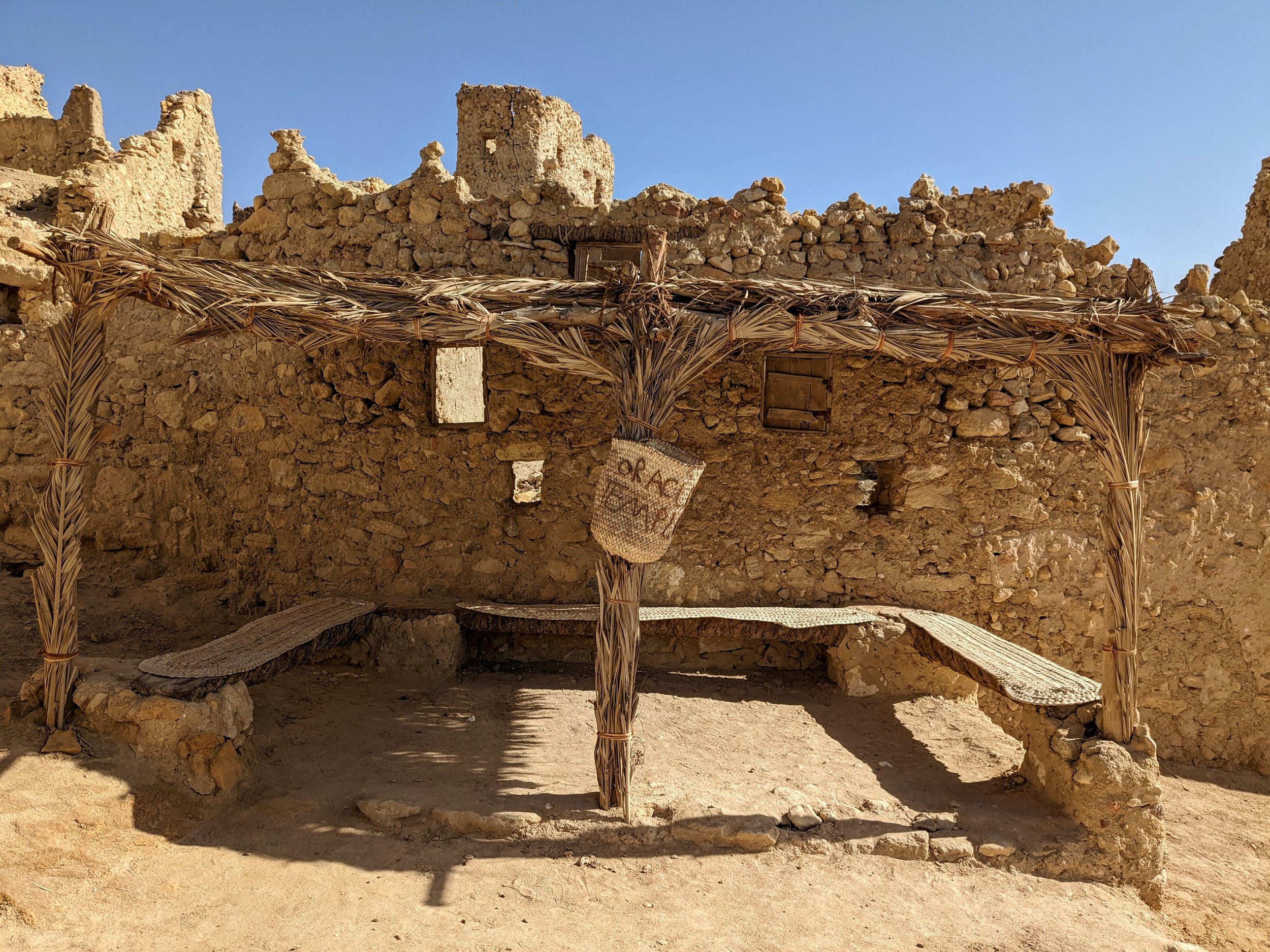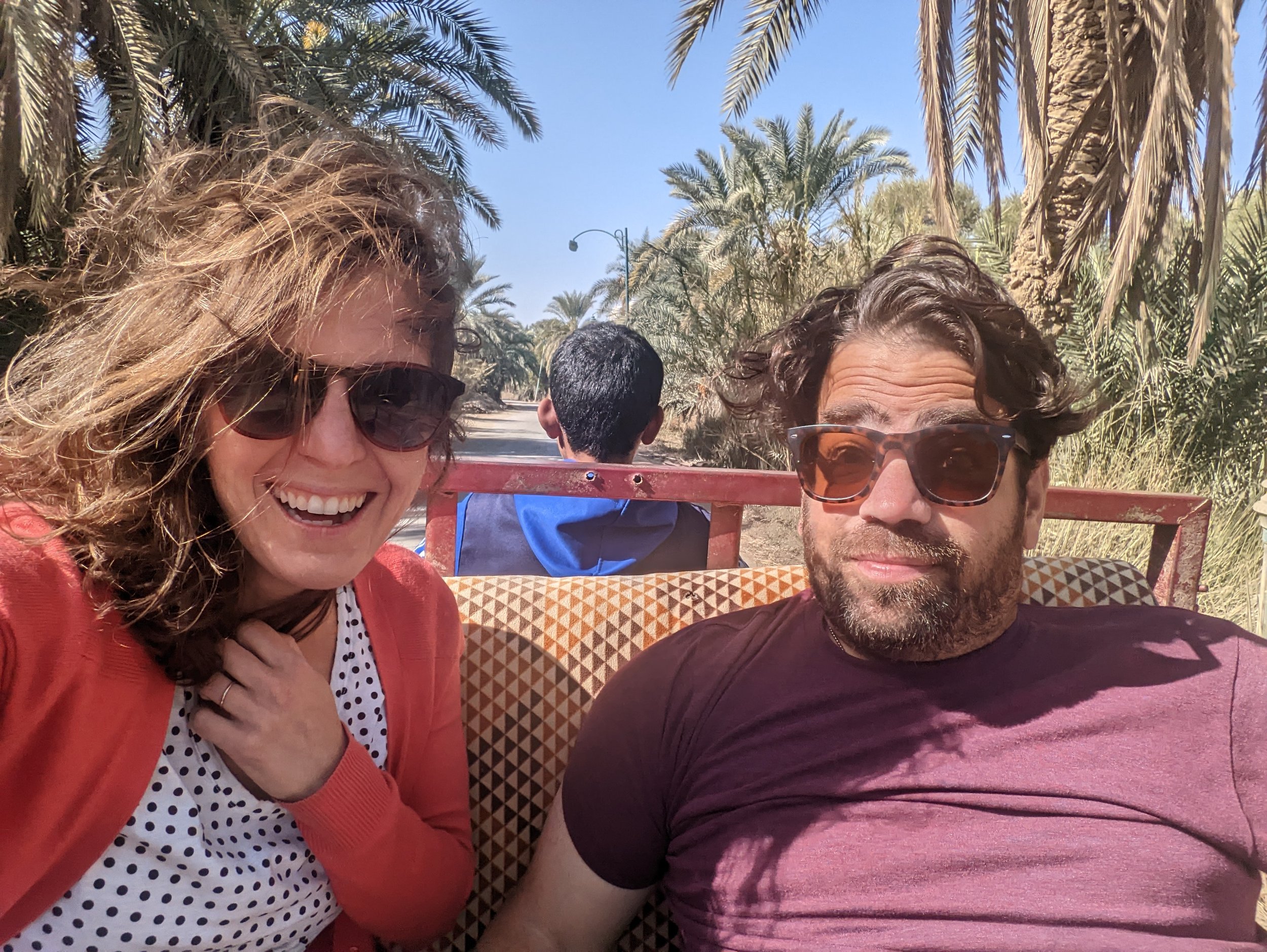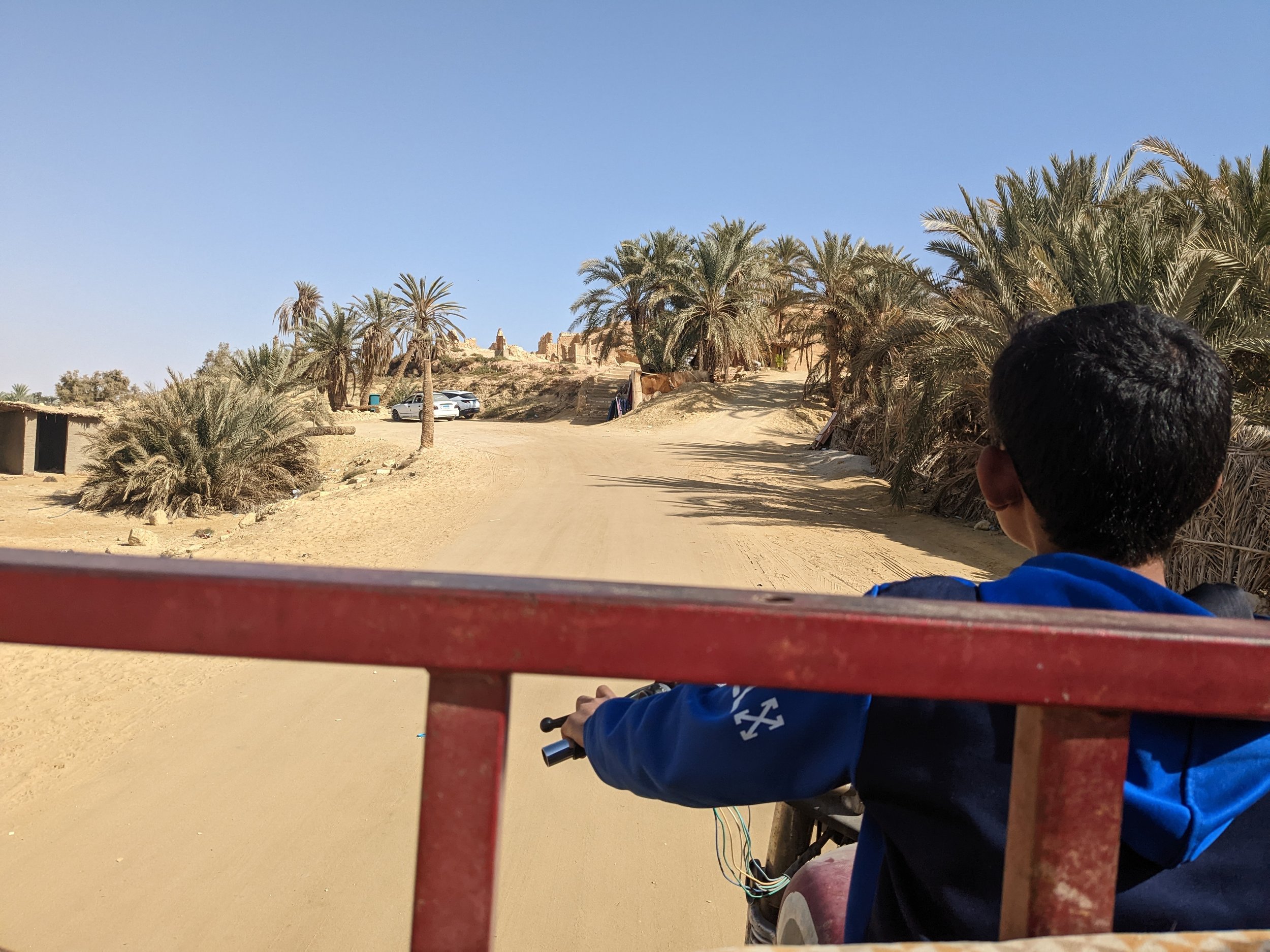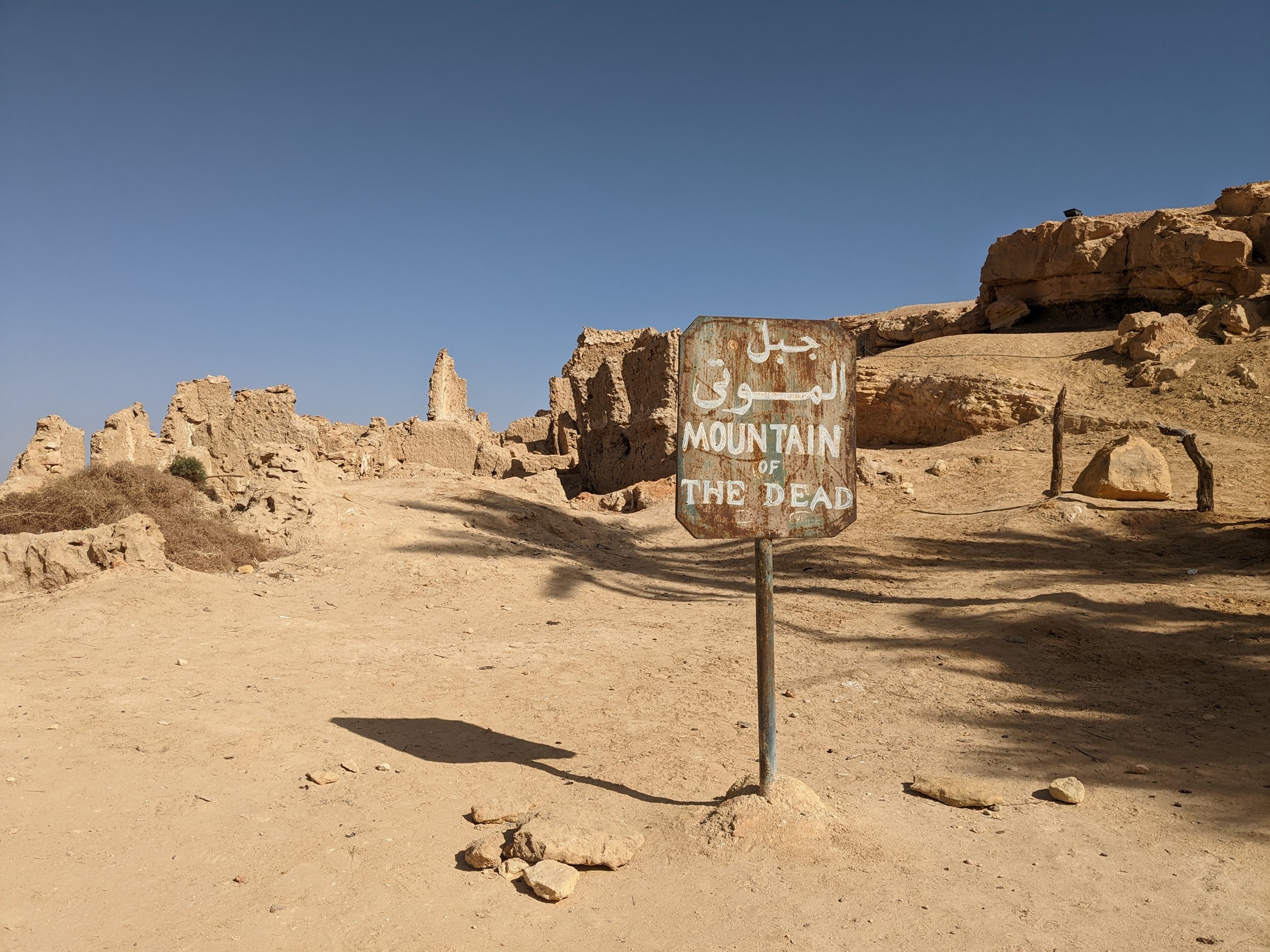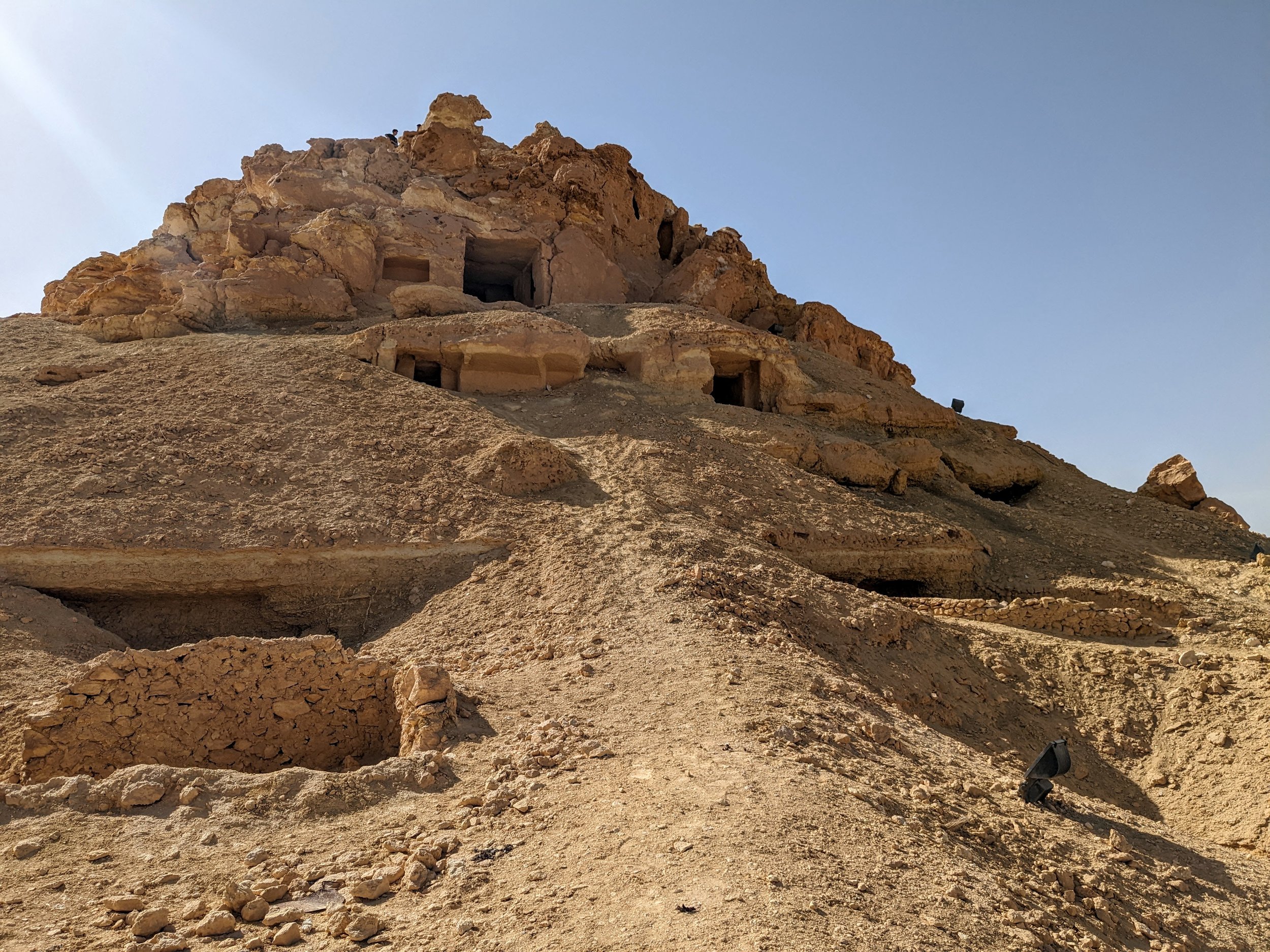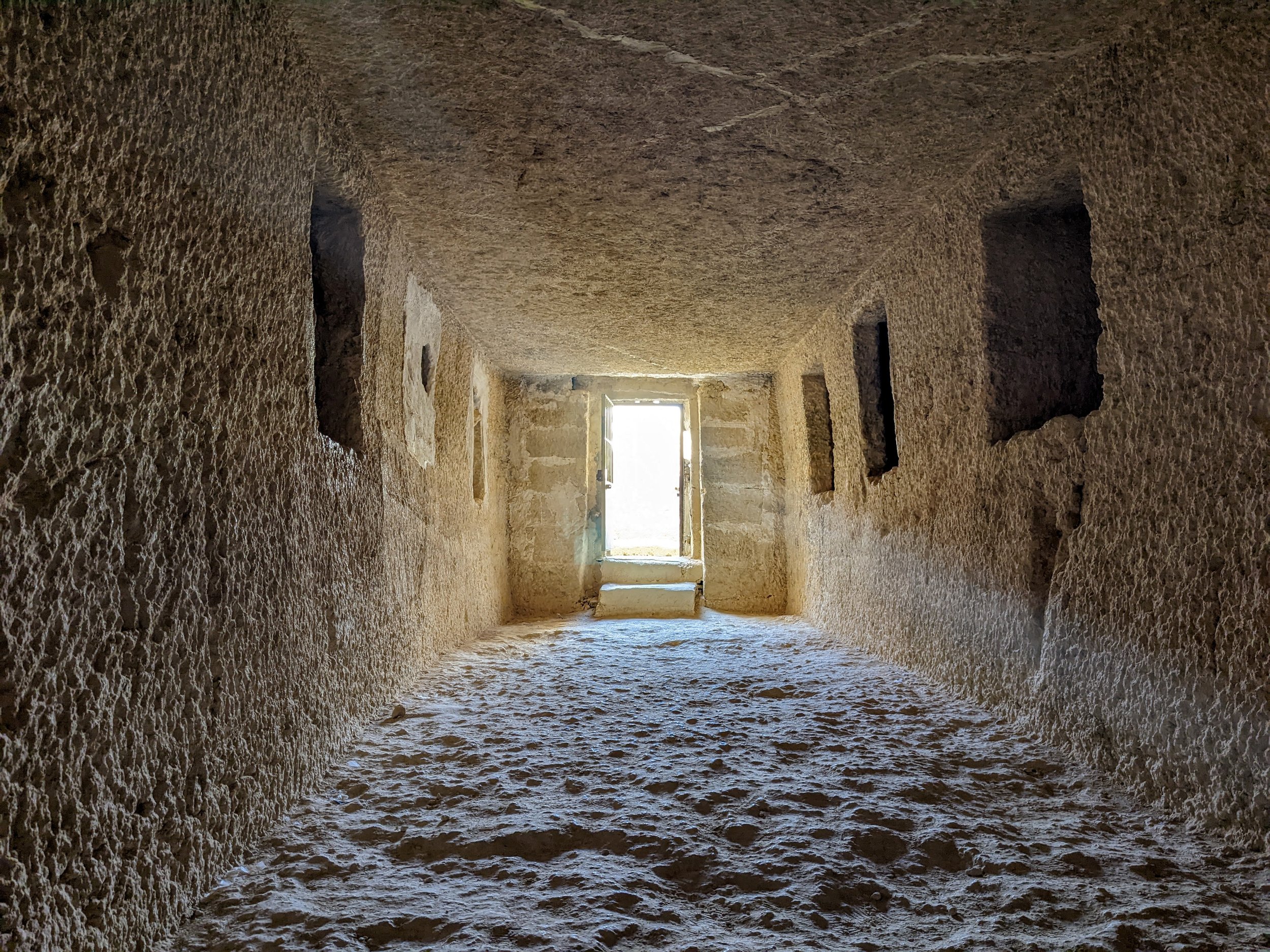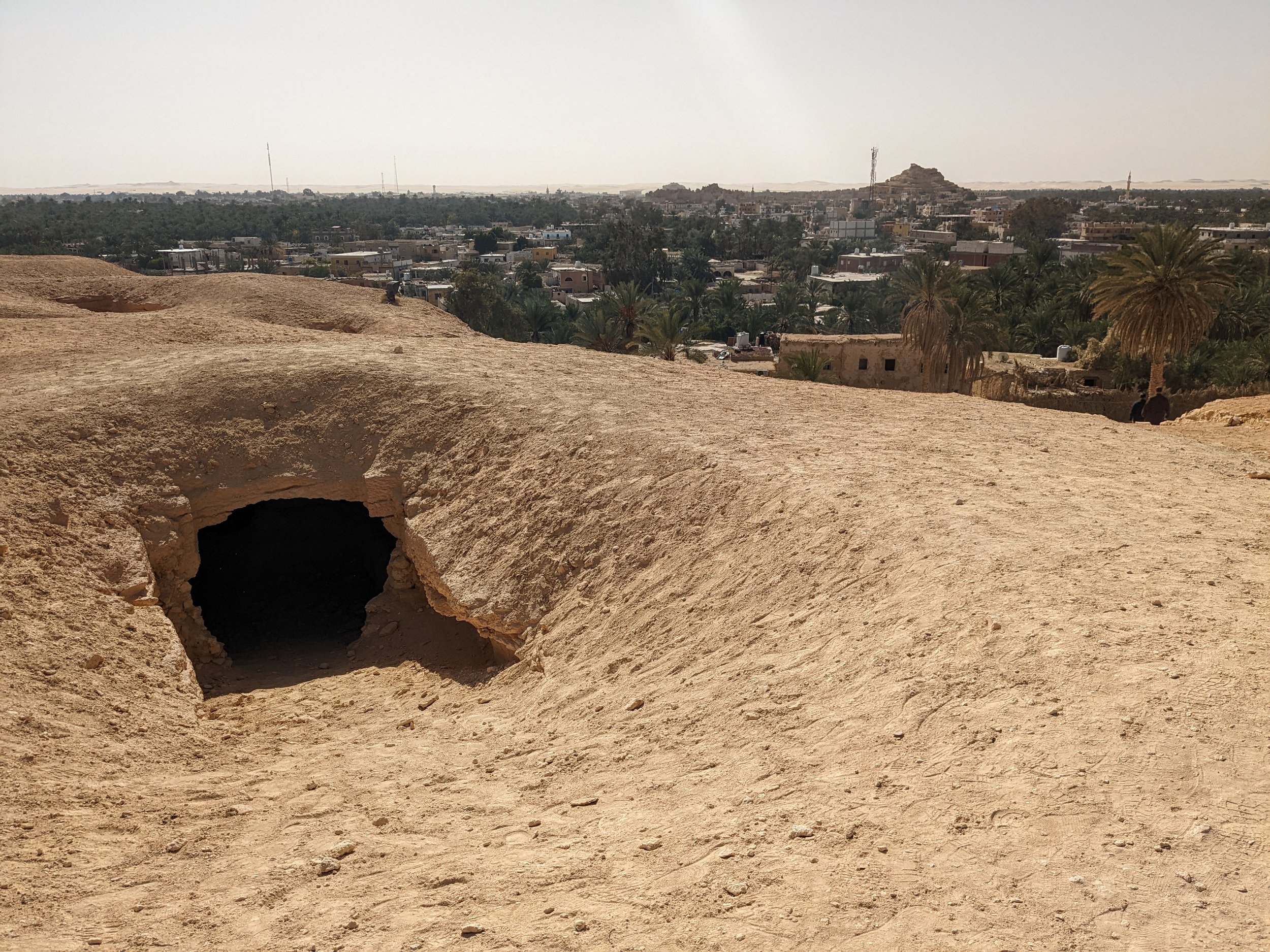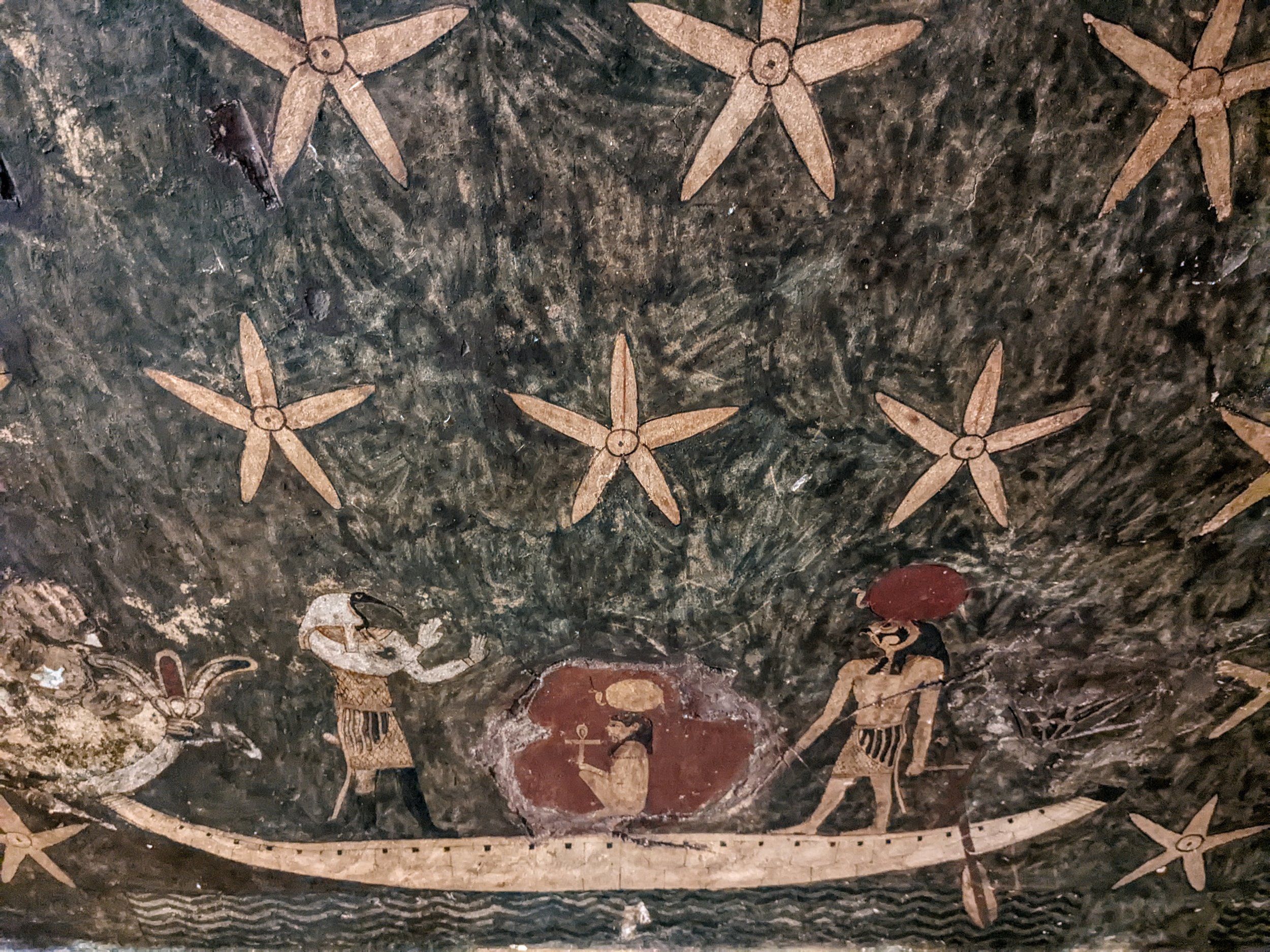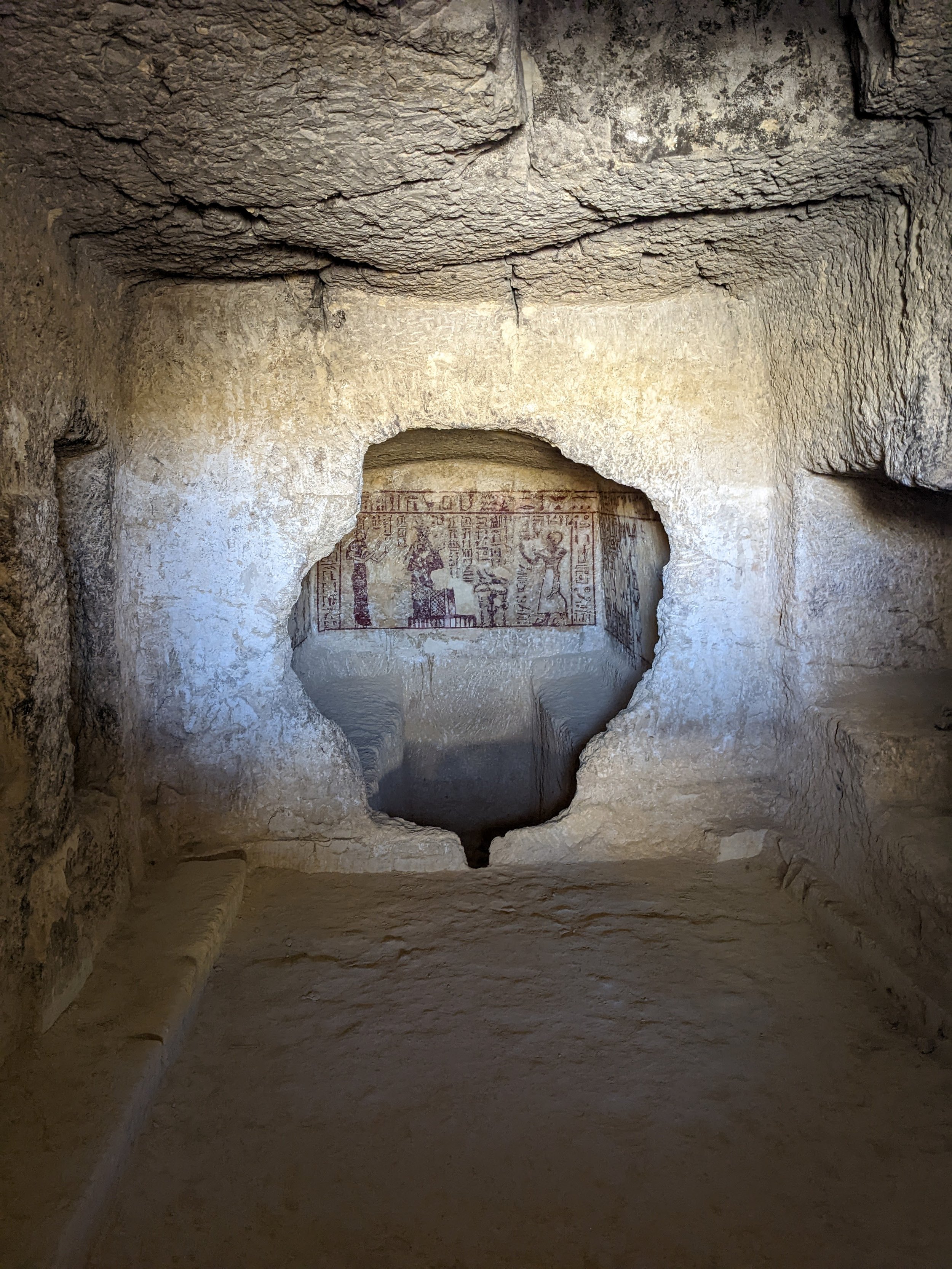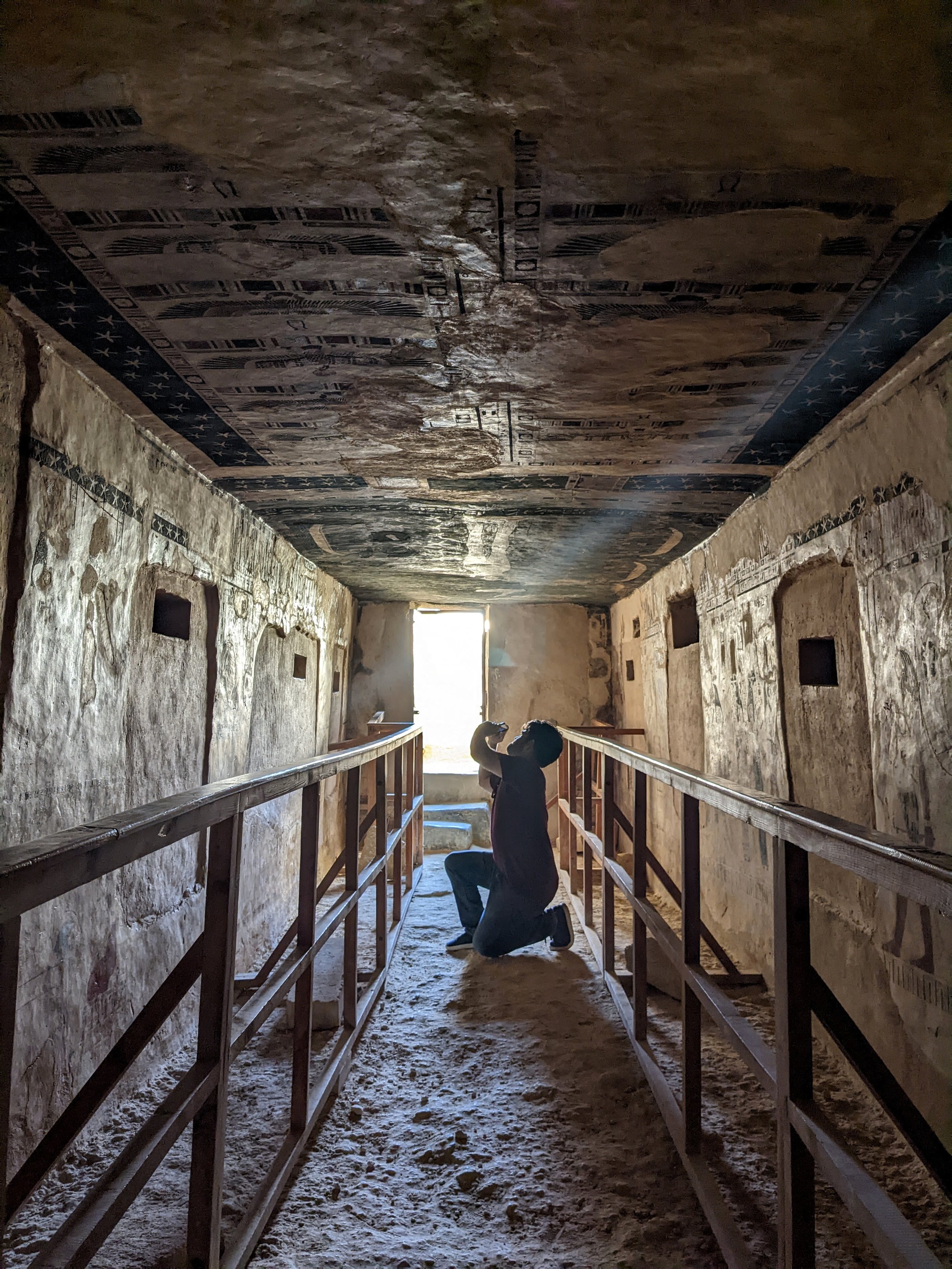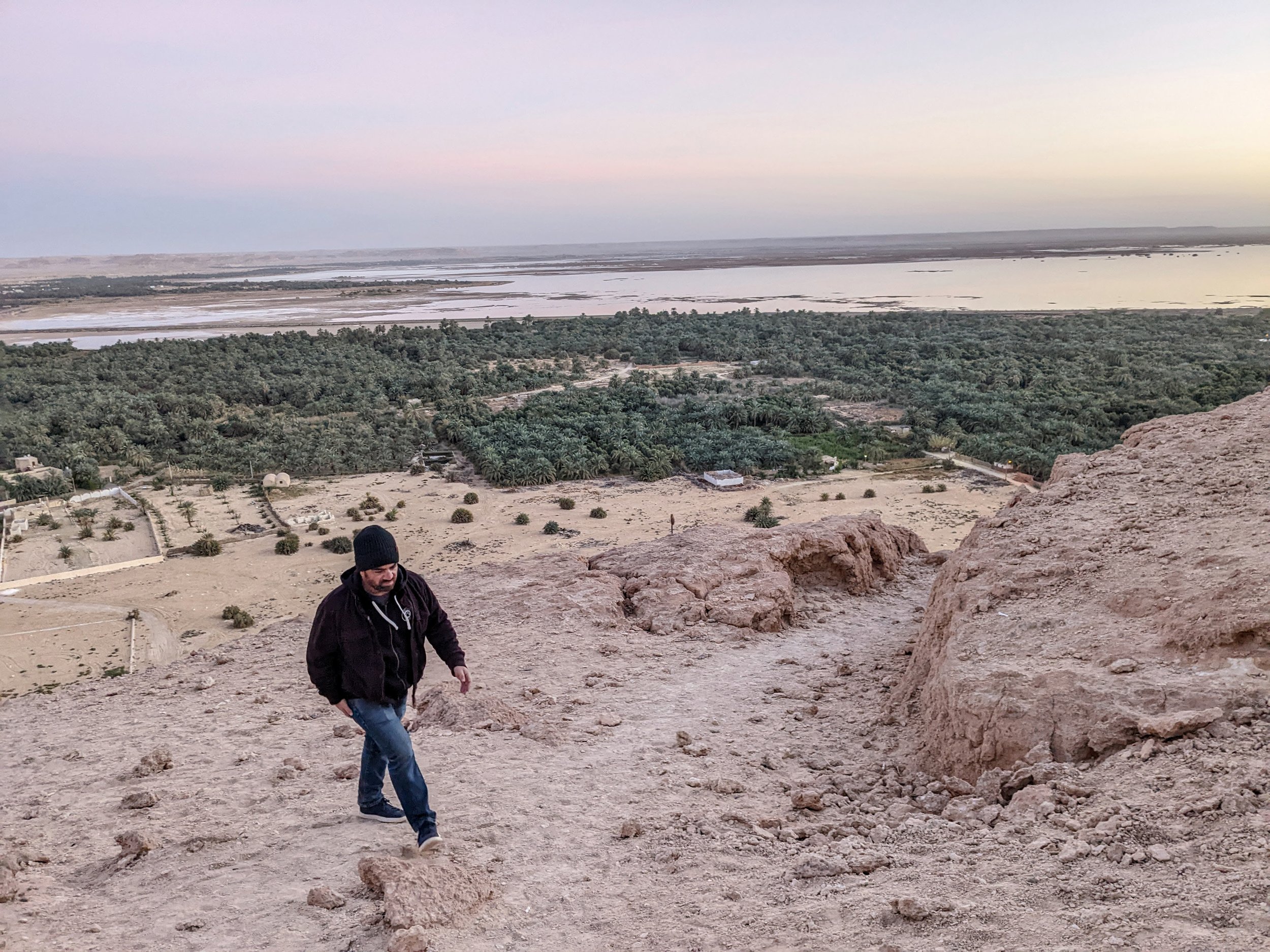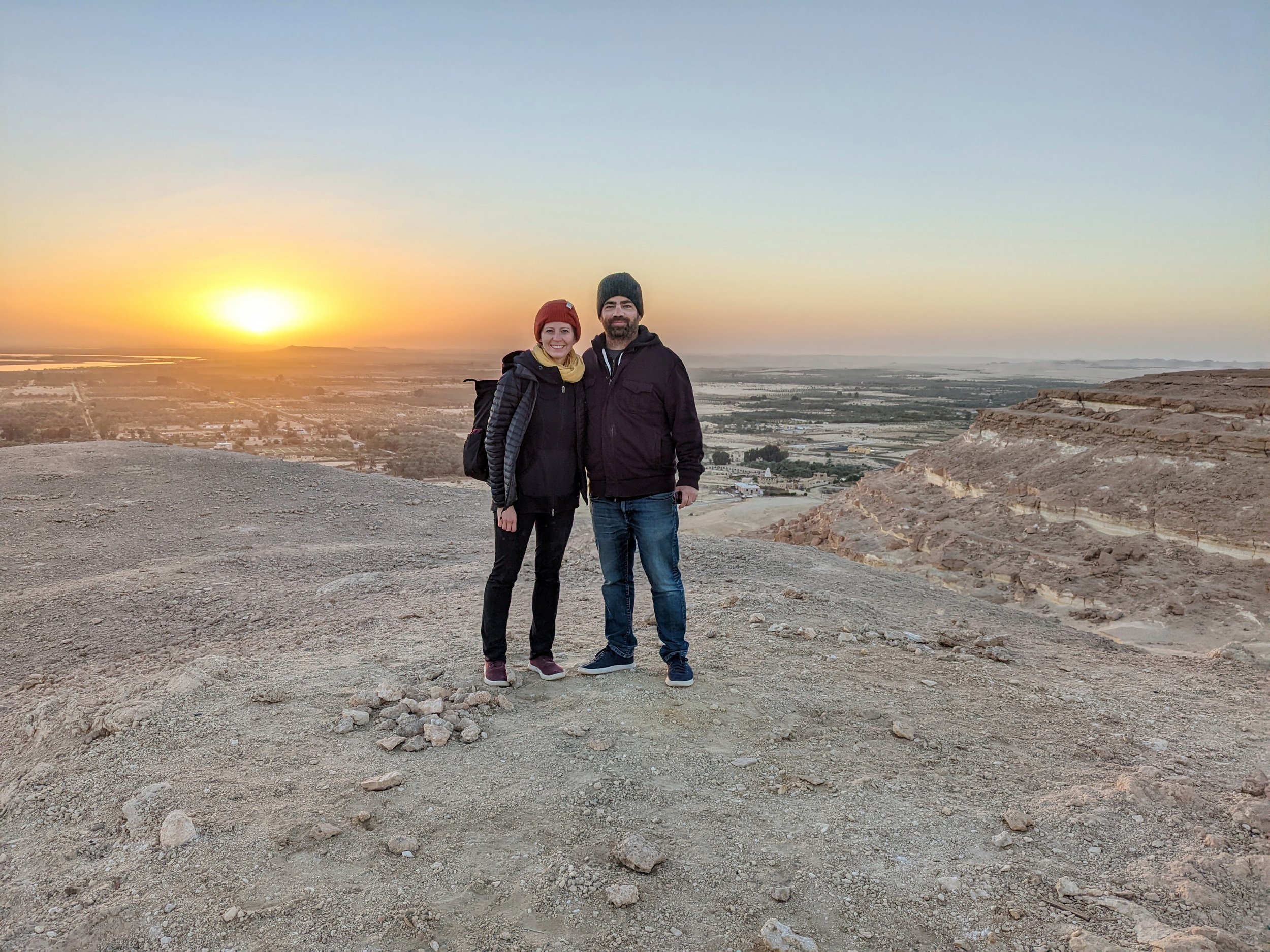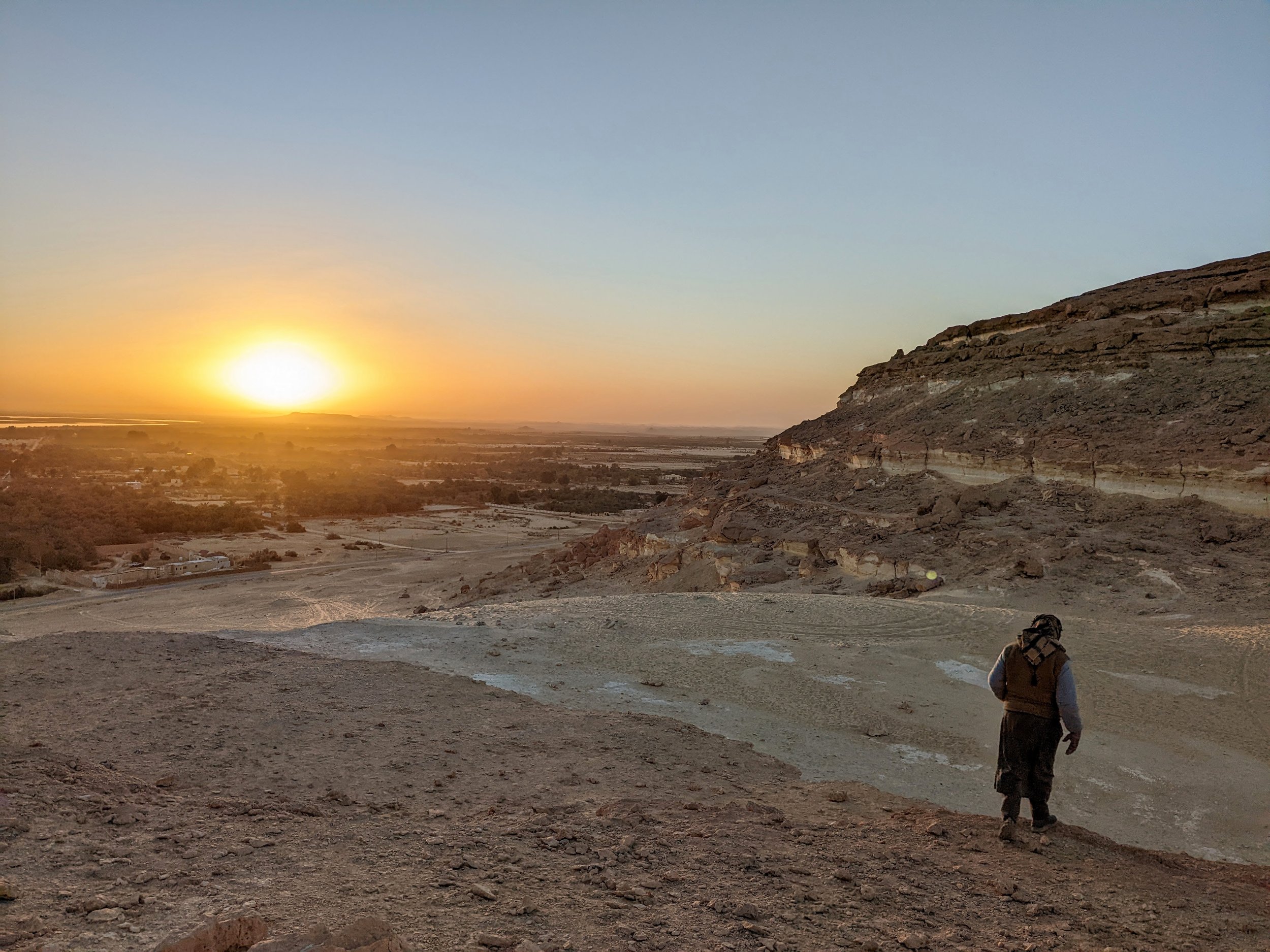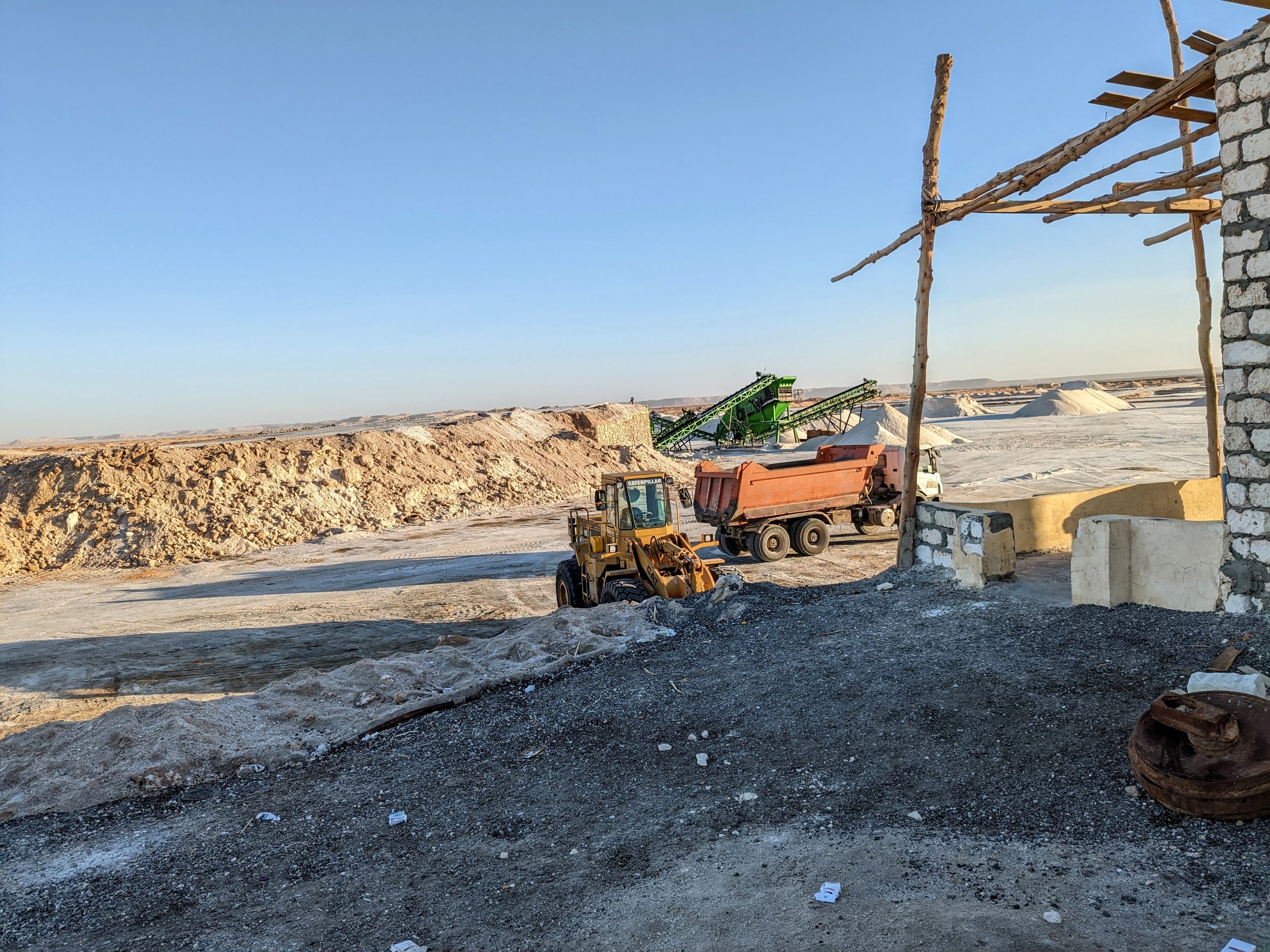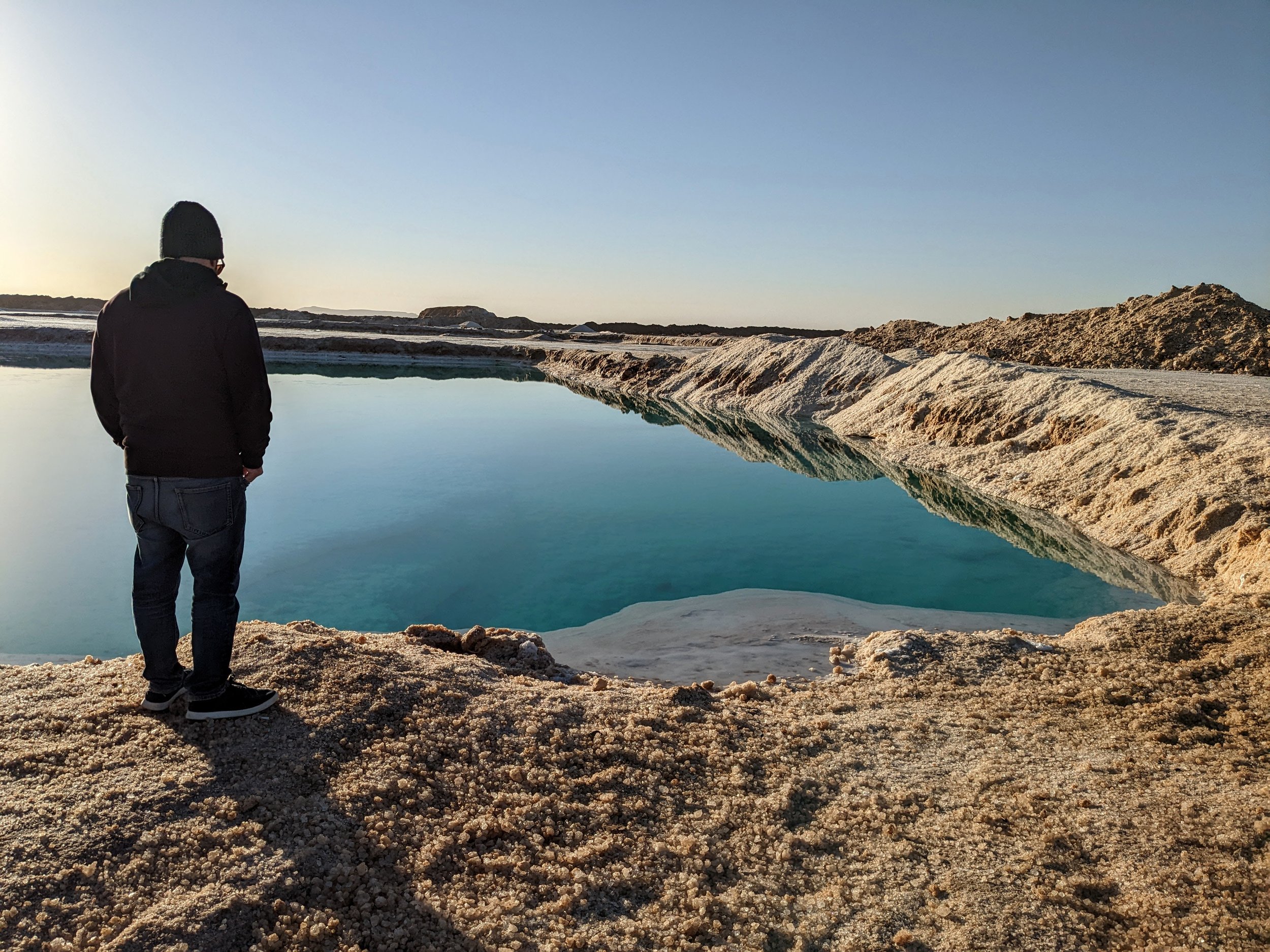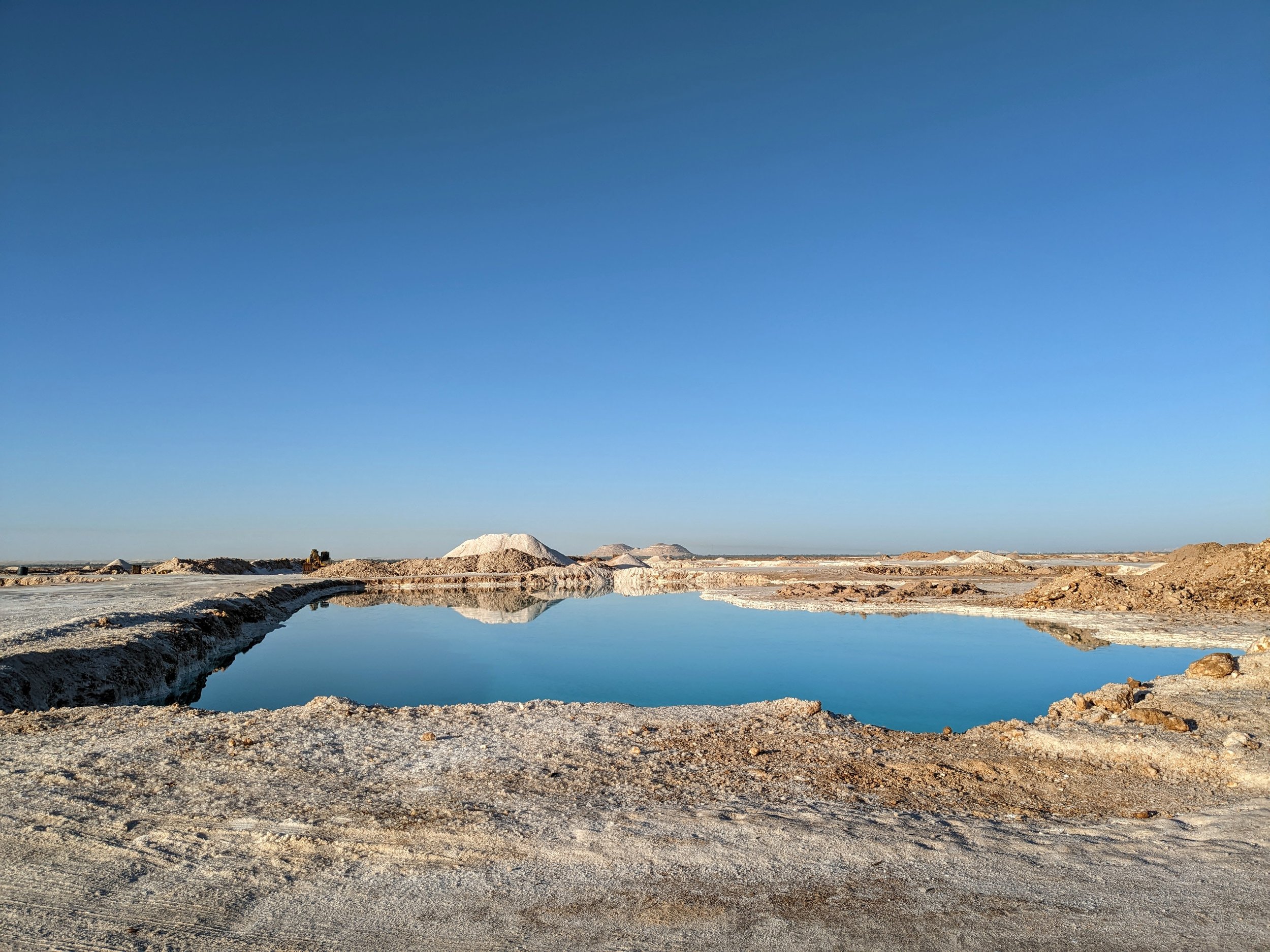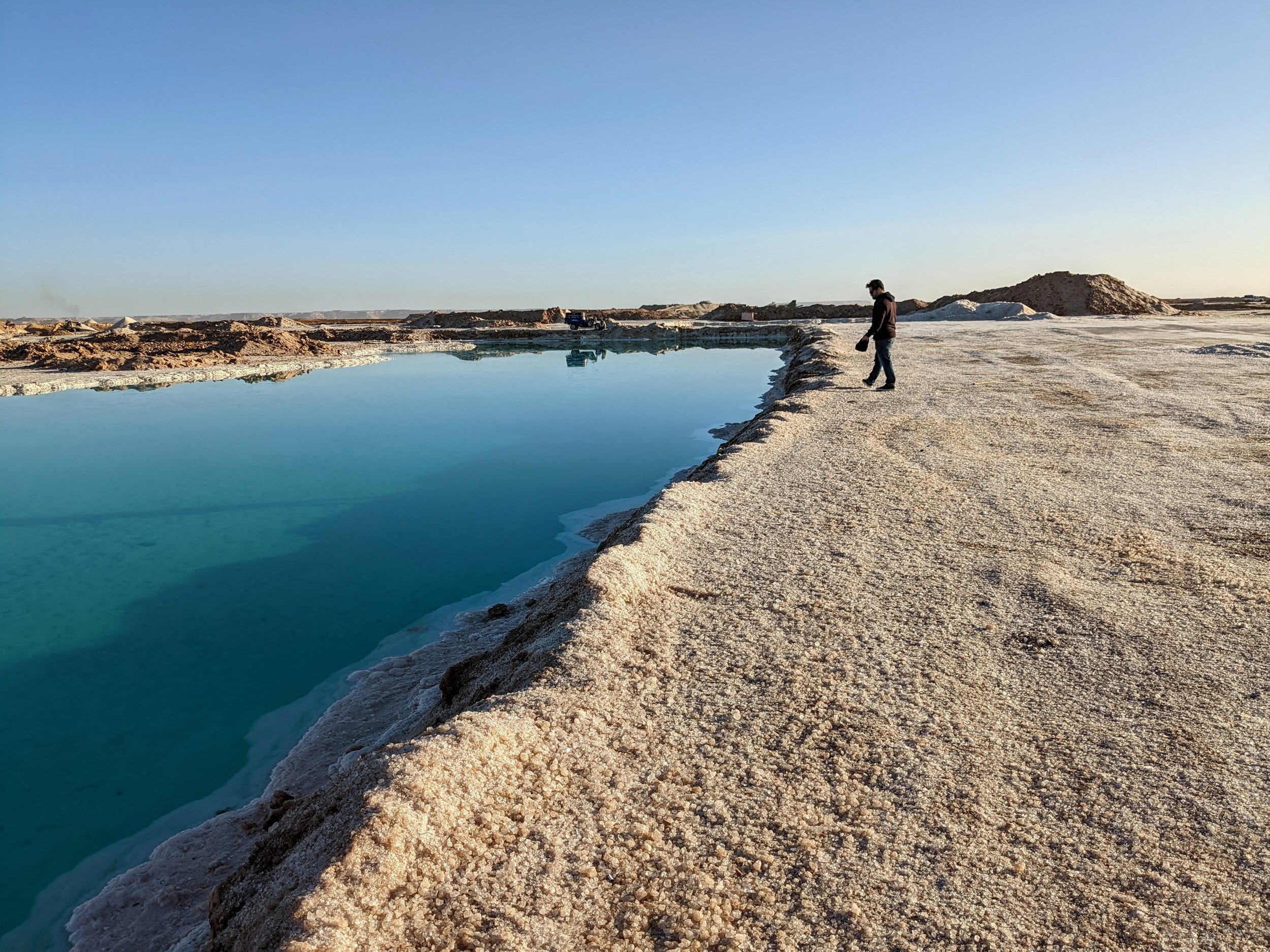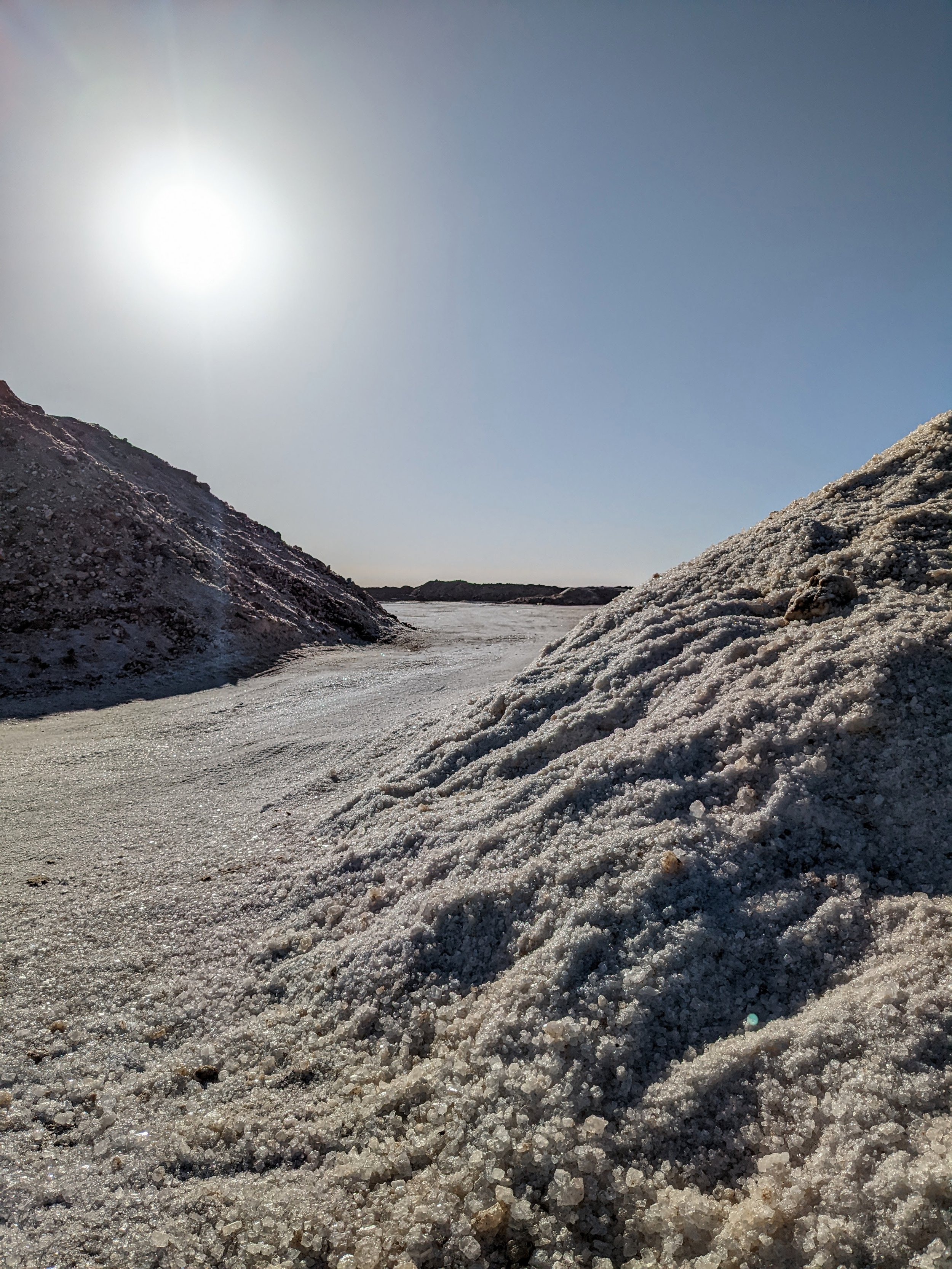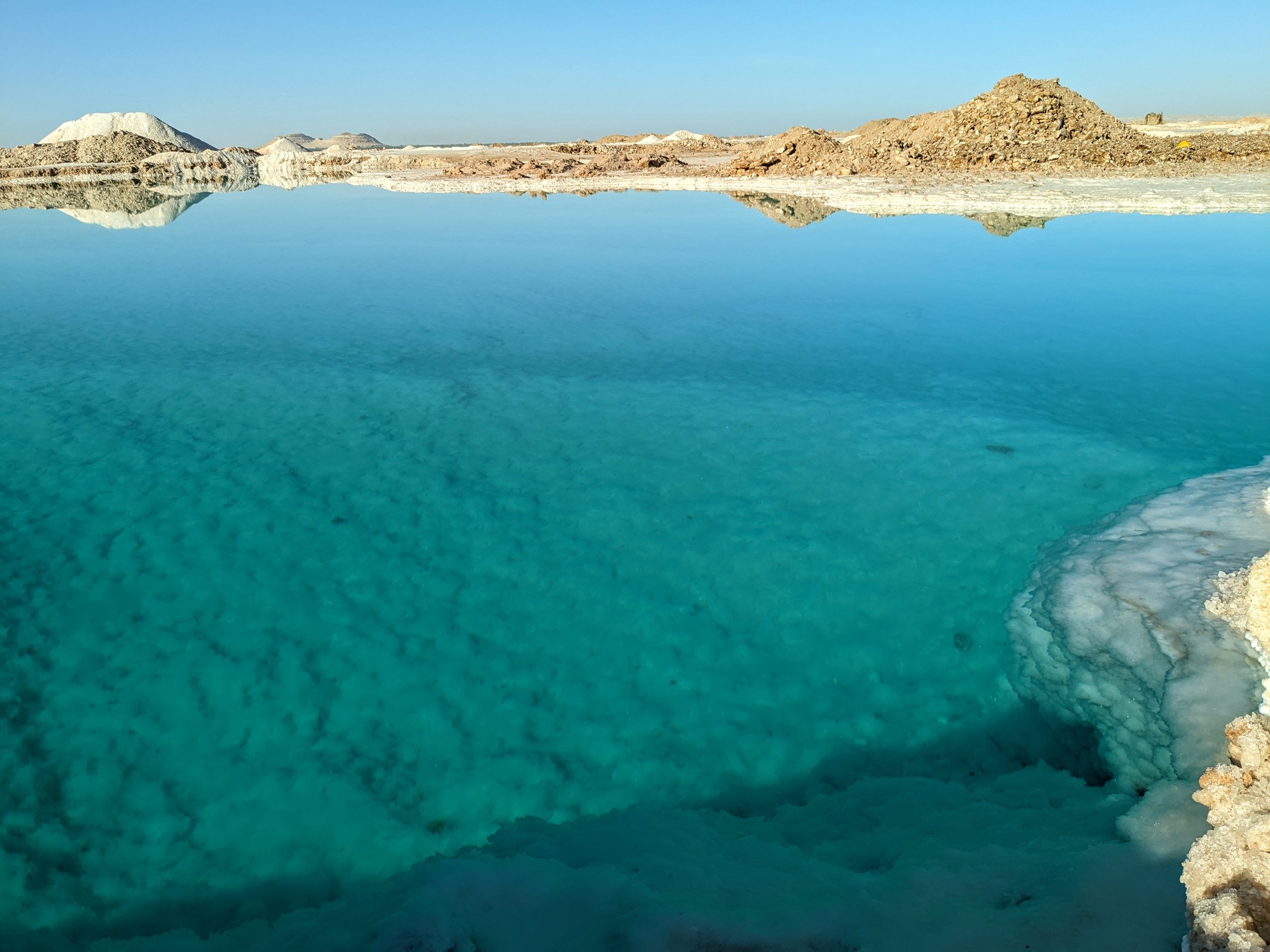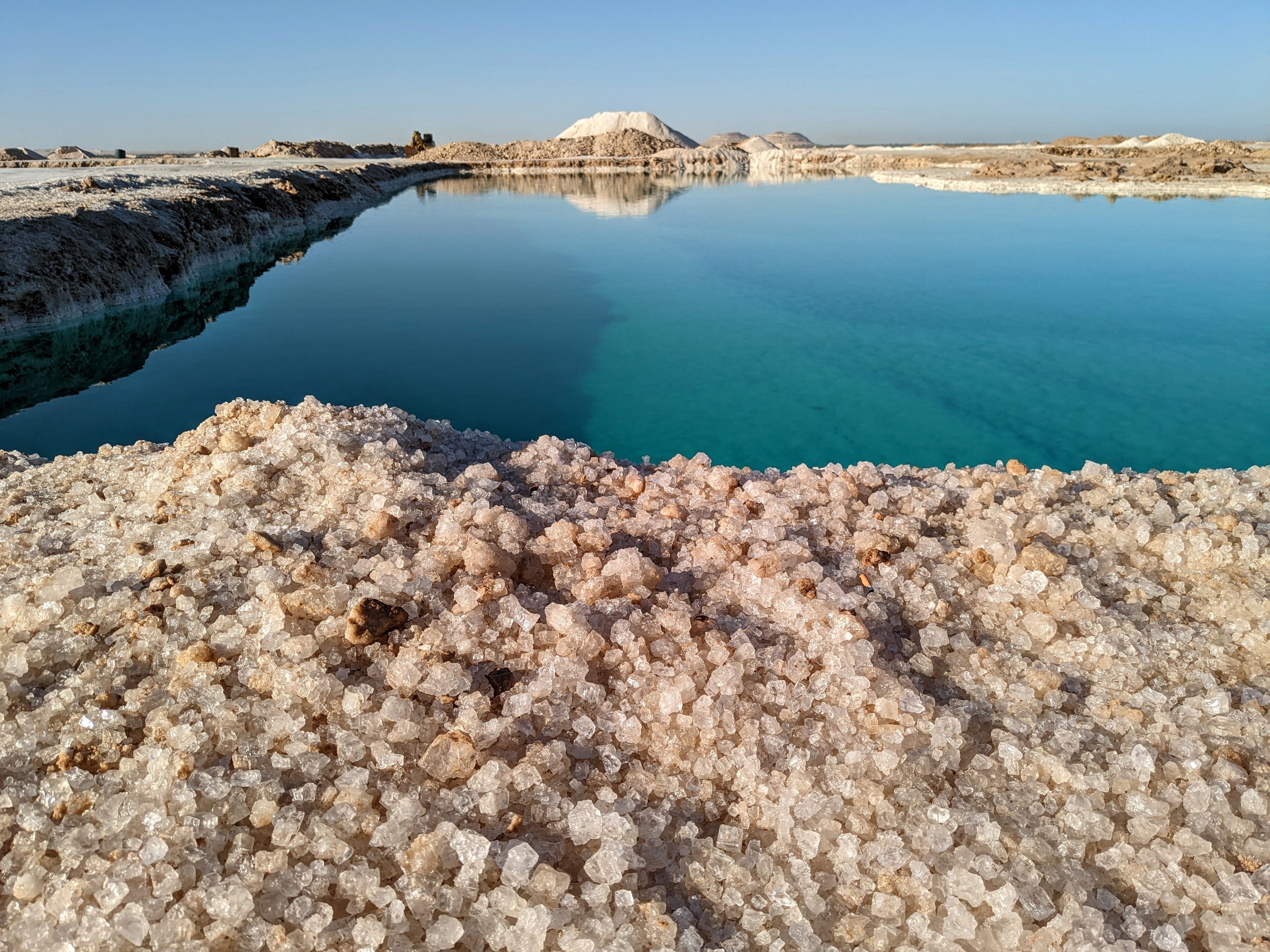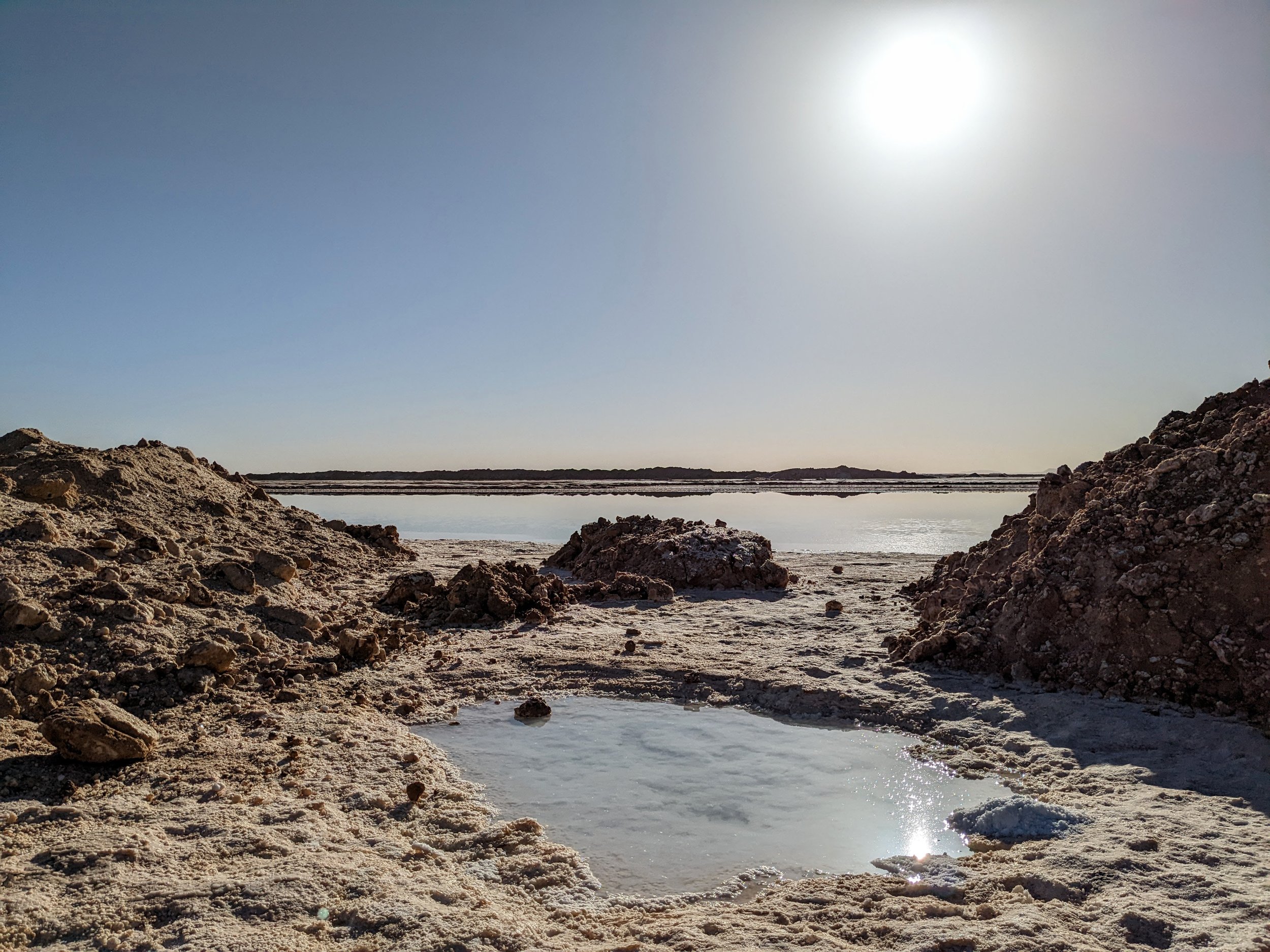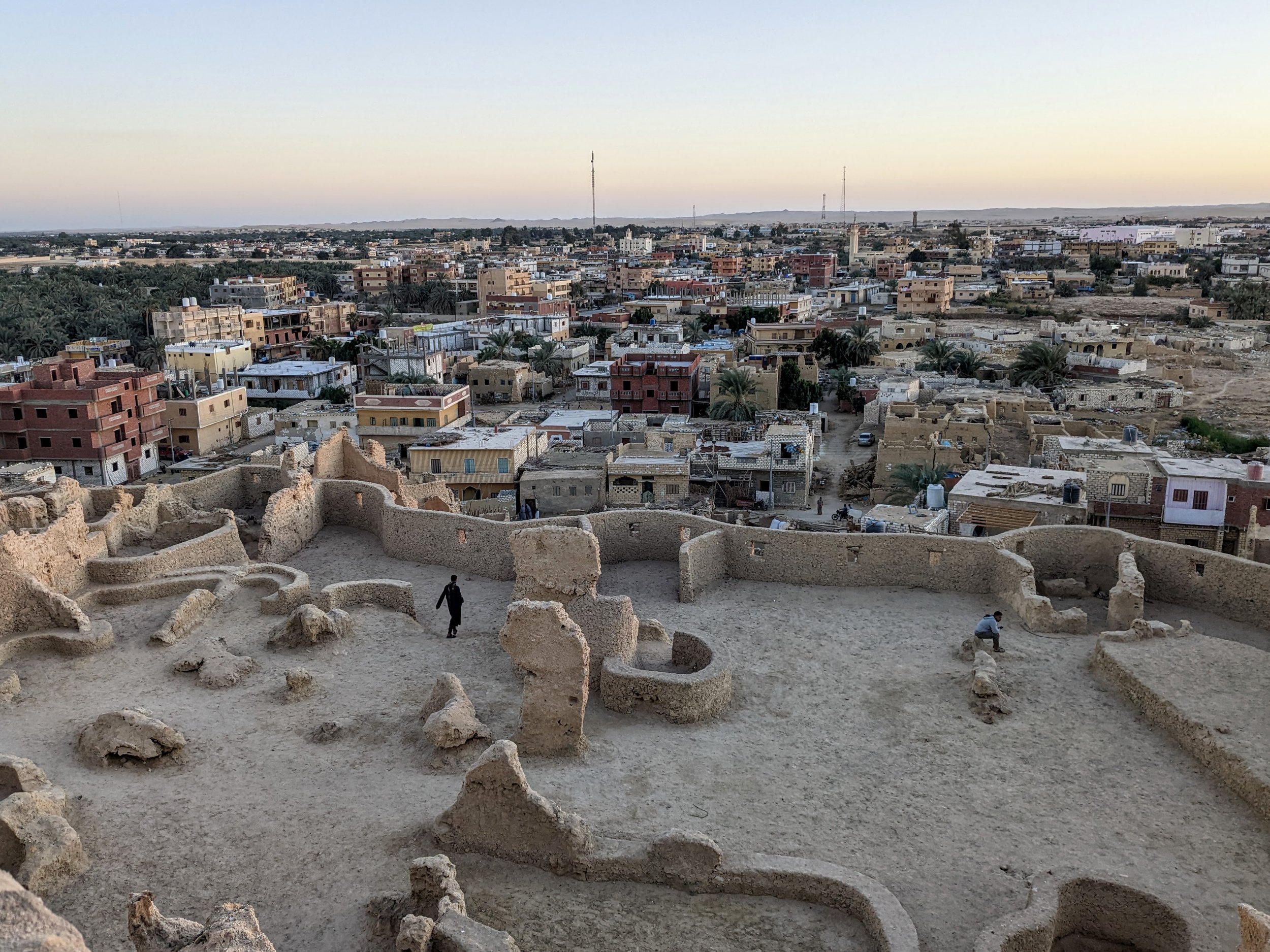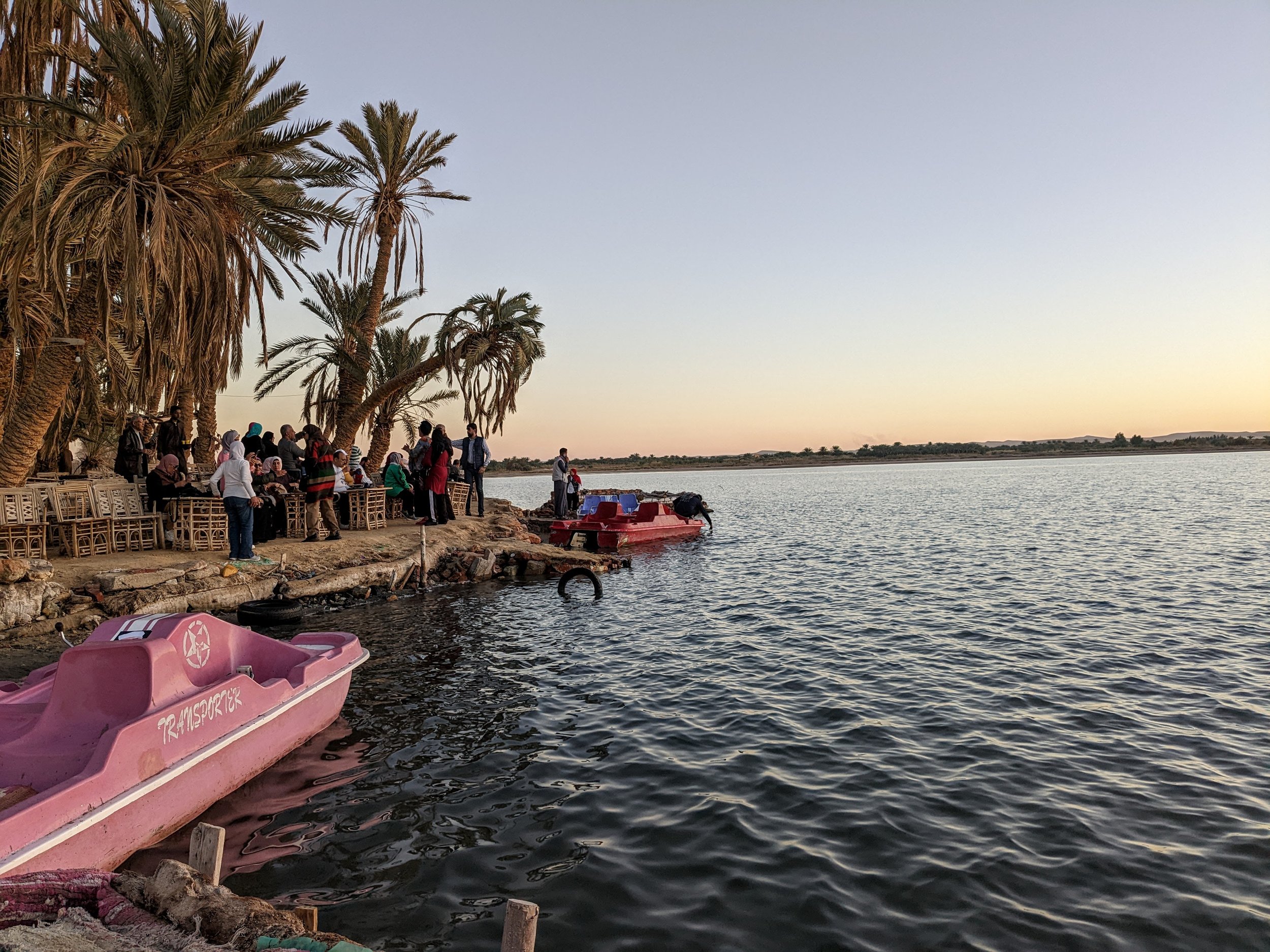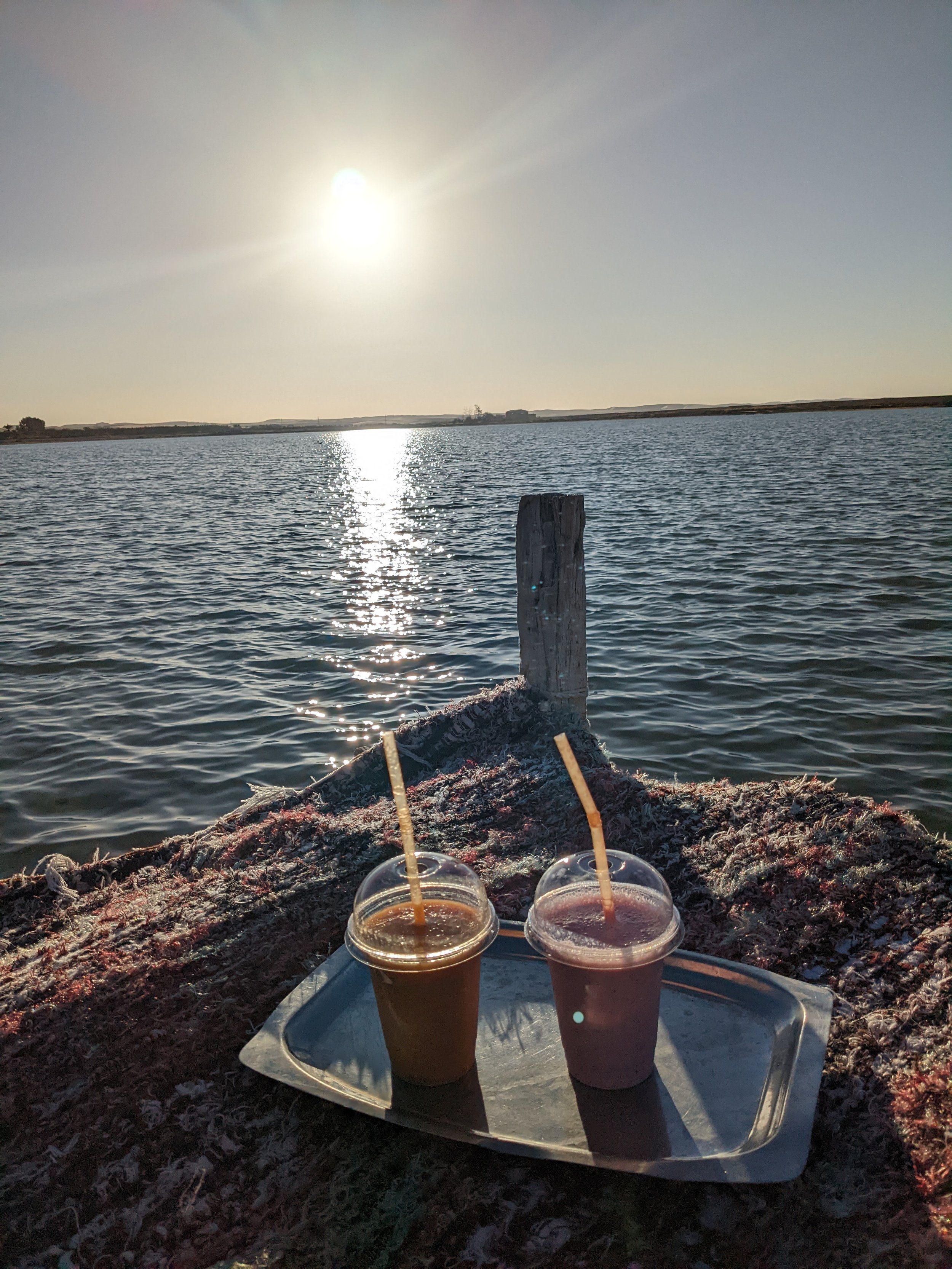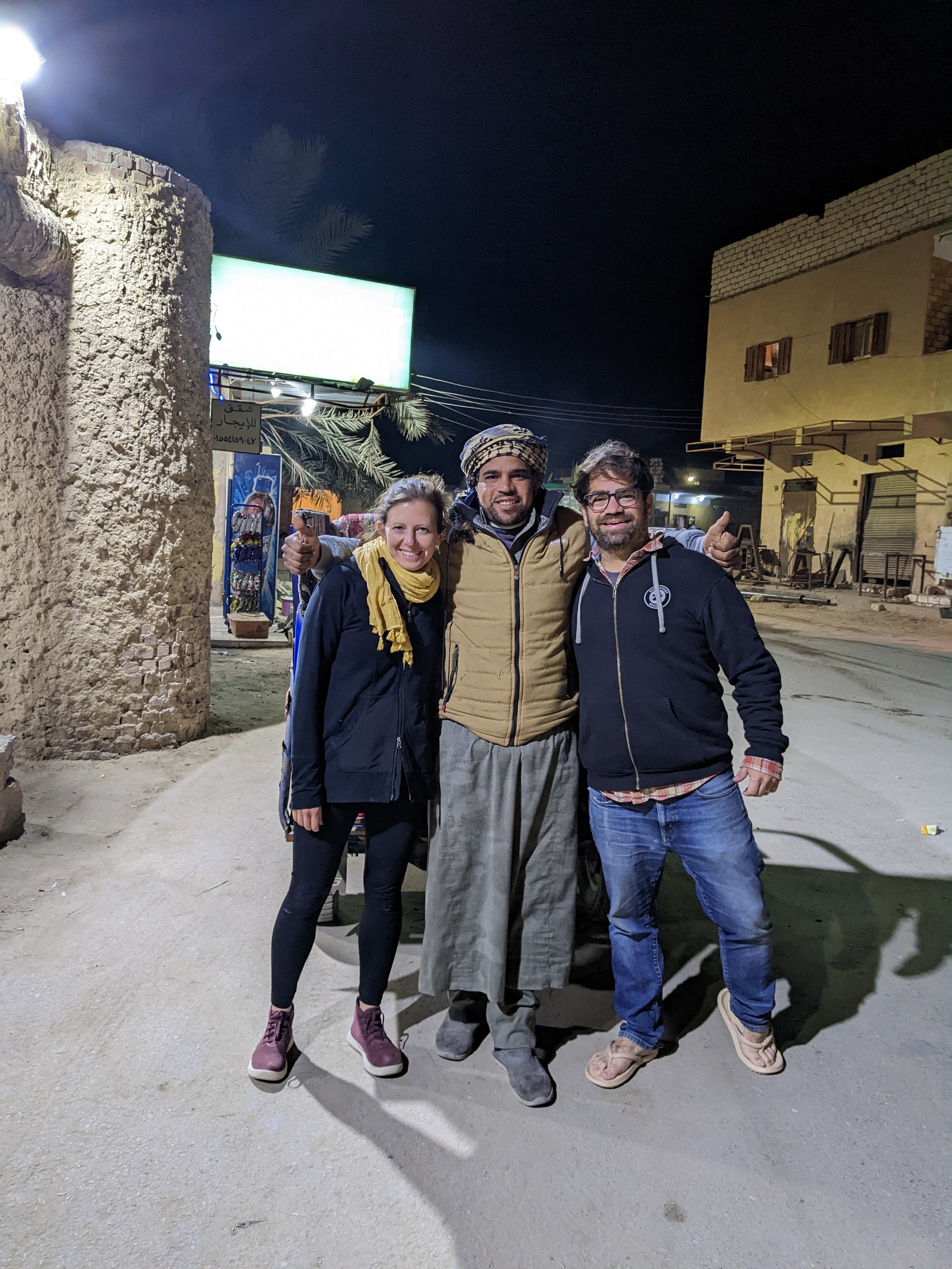siwa oasis
My dear friend,
Although many people assured us that Siwa Oasis was a magical place that was well worth the effort to get there, C. and I put off this trip for months. We weren’t convinced that any destination could make up for the twelve-hour overnight bus ride from Cairo and back.
As it turns out, we were wrong.
Siwa Oasis, it would seem, is the exception to the rule that what matters is “the journey, not the destination.” In this case, what matters is definitely the destination.
The journey itself was a little harrowing: a long, cold, dirty bus; erratic driving; multiple military checkpoints where loud-booted soldiers woke us up to demand our papers in the dark; and miles and miles of desert with no cell service and no sign of life except for us. We finally arrived in Siwa bleary-eyed and dizzy with fatigue. We staggered off the bus and grabbed our bags and were immediately surrounded by three or four tuktuk drivers offering to take us wherever we needed to go. In other circumstances, we might have walked, or haggled, but we were so tired that we told the first driver the name of our guesthouse and climbed into the carpet-lined truckbed attached to his motorcycle.
We didn’t know at the time that this would be the first of many trips with Youssef. Over the course of the next three days, we spent quite a bit of time flying through town on those carpets.
With the wind our hair—despite our exhaustion—it was hard not to feel like rockstars!
C.’s future album cover.
Located about 350 miles southwest of Cairo, Siwa is a “true” oasis (unlike Fayoum, which is fed by the Nile) with around two hundred springs.
The palm trees that thrive here today are distant ancestors of the trees that inspired Siwa’s ancient Egyptian name: “Sekht-am,” variously translated as “palm land” or “field of trees.” Siwans have been cultivating, consuming, and exporting dates from these palms for millennia, and we enjoyed our fair share of them in drinks such as the aptly-named “Siwa juice”: a smoothie of dates blended with milk, banana, and—on request—Nescafe.
We sipped just such a Siwa juice at Cleopatra’s Spring, one of the most well-known pools in the area. Although there seems to be no connection between the spring and the legendary queen, other than their shared name, it’s a popular spot for tourists and locals alike to take a dip.
Although Cleopatra probably never came to Siwa, another famous ruler did: Alexander the Great. He undertook an eight-day journey (he might have us beat) in 331 B.C. in order to consult the Oracle of Amun. The priests assured him not only that his endeavors would be successful, but also that he was a son of the gods. Overall, Alexander fared much better with the Oracle of Amun than did the Persians who invaded Egypt two hundred years earlier. Legend has it that when the Persian King Cambryses sent an army to destroy the Oracle (evidently his own prophecy hadn’t been as glowing—the priests said that he’d meet a tragic end), they vanished in a sandstorm and were never seen again. According to the historian Herodotus: "A wind arose from the south, strong and deadly, bringing with it vast columns of whirling sand, which entirely covered up the troops and caused them wholly to disappear."
I hoped, before going to Egypt, that I’d encounter a sandstorm for myself, and I have: the sky turns hazy, and the wind whips fine grains into your apartment and into your face, and if you still insist on sitting outside on the coffee shop patio, you have to cover your fruit juice with a napkin to keep the sand from swirling through your drink and mingling with the kiwi seeds.
In a recent study on sandstorms, the authors observe that they’ve become more frequent in the Sahara since 1950 due to changes in agricultural practice. And sometimes the sandstorms don’t stay in the desert: it is not unusual for plumes of Saharan sand to blow across the Atlantic into Florida, and places even further inland.
The stretch of desert around Siwa, between Egypt and Libya, is known as the Great Sand Sea.
We kept our feet on dry land, so to speak, by confining our explorations to Siwa itself. The most impressive and iconic sight in Siwa is the Shali Fortress: a maze of 13th-century ruins. At one point several stories high and home to hundreds of inhabitants, the fortress was built of kershef: a blend of mud, rock, and salt from the nearby salt pools. It stood, massive and imposing, for centuries, but three days of rain in 1926 caused enough damage to to send its inhabitants in search of other lodgings. Now most of the Siwans live in more modern homes (electricity, running water) in the valley below the fortress.
We wandered the strange corridors during the golden hour, snacking on granola bars from our packs and reading while we waited for the sun to set.
This view alone would have been worth the journey. But there were more such views to come!
The second-most famous site in Siwa is the Oracle itself—or at least, the ruins of it. On our second morning in town, we walked here from our guesthouse and spent about twenty minutes exploring the grounds. As is customary, we were followed by a guy from the ticket office who didn’t offer any help or information but who expected us to tip him for his presence.
“If the priests were still here and you were going to ask the Oracle something,” I said to C., “what would you ask?”
He thought about it but couldn’t come up with a good question. “I don’t know,” he said. “What about you?”
“Nothing,” I said, surprising us both. Somehow I’ve come to like not knowing what will come next.
Siwa is also home to a Mountain of the Dead: a rocky hill filled with tombs. This time we road there not with Youssef (we’d see him the next day) but with a seven-year-old tuktuk driver who was extremely professional!
Nobles were buried here in the 26th dynasty, and also in Ptolemaic and Roman times. In WWII, when Italians bombed the town, Siwans retreated into the tombs for safety.
Some of the paintings inside still bear their original colors.
The best way to spend an evening in Siwa, we learned, was to soak in a hot spring. When Youseff offered to drive us to one, we expected something crowded and touristy like Cleopatra’s Spring. But we were the only people in the pool! We quickly slipped into our suits in a tiny changing room, slid into the black water, and spent the next hour sipping mint tea and exclaiming over the stars.
A hot spring all to ourselves!
When Youssef dropped us off in the center of town, we arranged to meet him early the following morning to catch a sunrise on Dakrur Mountain.
Siwa is full of beautiful spots, we learned, to watch the sunrise and the sunset. Perhaps because the oasis is a place that feels, in many ways, out of time, the ritual of watching the new day come and then go somehow feels more essential here than it does in the chaos and smog of Cairo.
After the sun had risen, Youssef took us for a swim in the salt pools. Because we were expecting something a little more pastoral, we were startled when he turned his motorcycle onto an industrial road and then into what was clearly a functioning salt mine.
He motored past the trucks and came to a stop at beside a pool where the salt glimmered pink in the early morning light.
“I feel badly about swimming in people’s salt,” I told C. as we undressed in the back of Youseff’s vehicle. C. held up a towel to provide me with some privacy. “It doesn’t feel very—hygienic.”
“Salt is used for lots of things besides eating,” he assured me.
And with that, remembering Youssef’s warning not to dunk our heads below the water for too long, we waded in, tilted our heads back, and let the salt lift us to the surface.
Everything about Siwa felt a little—otherworldly. Because the oasis was isolated for so long (the highway into Siwa was only built in the 1980s; before that, the only way in and out was by camel), the Siwans have maintained an identity and culture that is separate from that of other parts of Egypt. But this, too, is changing.
Before we left town, we caught one more sunset with two more fresh fruit juices.
Then Youssef dropped us at the bus station, where we steeled ourselves for the overnight journey back to Cairo.
Writing to you now, having recovered from the overnight bus and caught up on my sleep, I find myself thinking again about that oracle. We are beginning to prepare for our even longer journey back from Egypt to America, and in many ways, this feels like the most challenging transition yet. Sometimes, as I wander these dusty streets and listen to the call to prayer unfurl above me, as I rinse the salt from my hair and the sand from my feet, I think about the ways in which this place has embraced and changed me and I worry over what will happen when these bright and full and vivid days become nothing but a memory.
There are moments when I wish that the oracle could assure me that more fortresses and salt pools and palm trees await me ahead; that there will be other days and weeks and months full of wonder and surprise.
But there are also moments when I remind myself that there is an adventure, too, in not knowing what will come next.
Yours—L.







